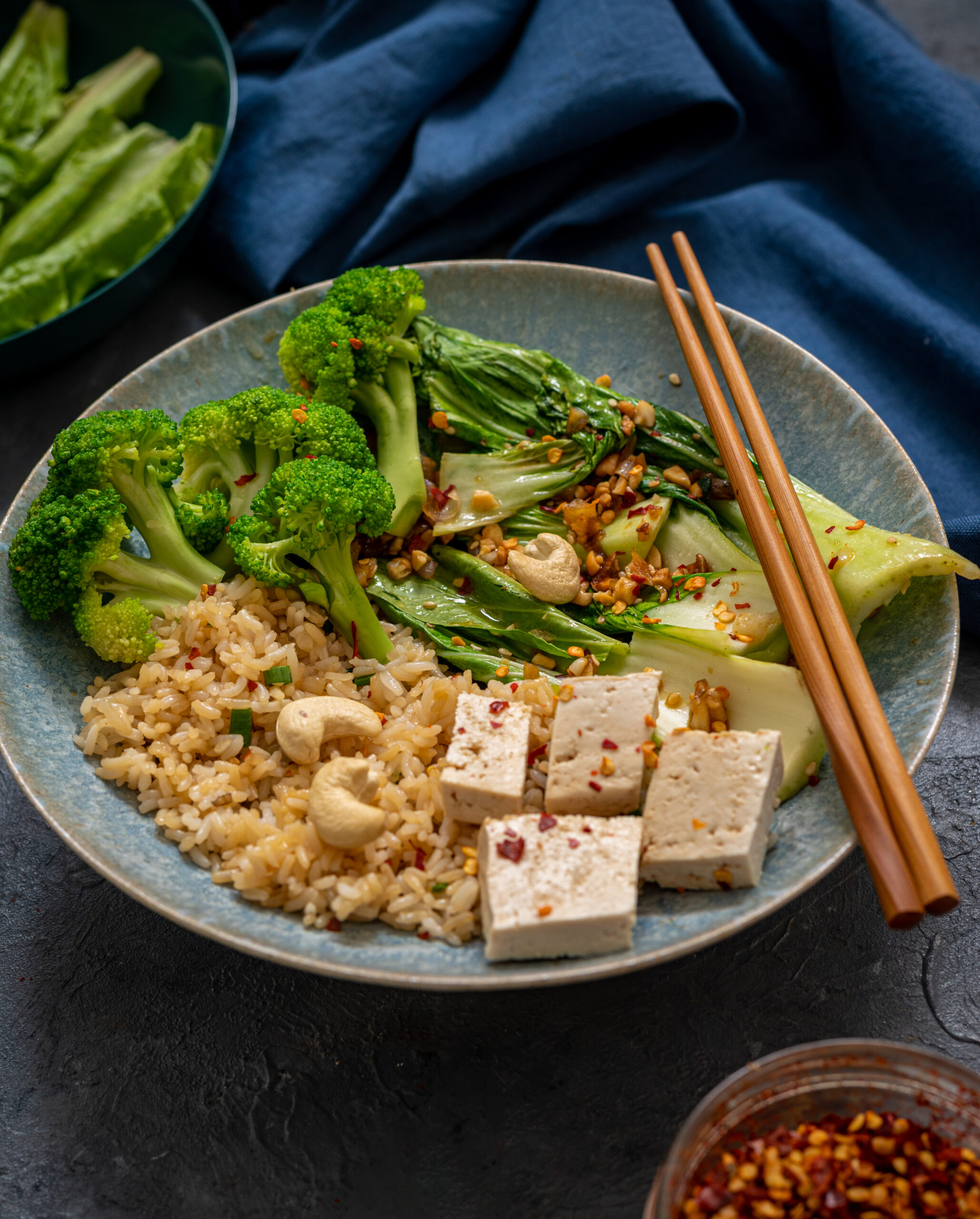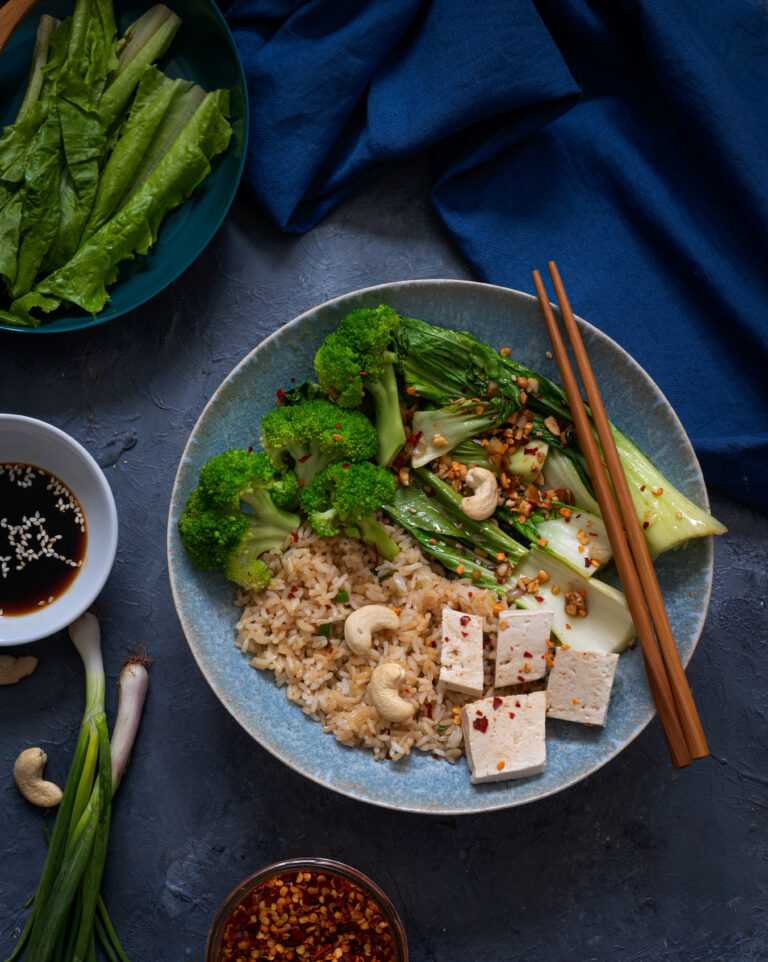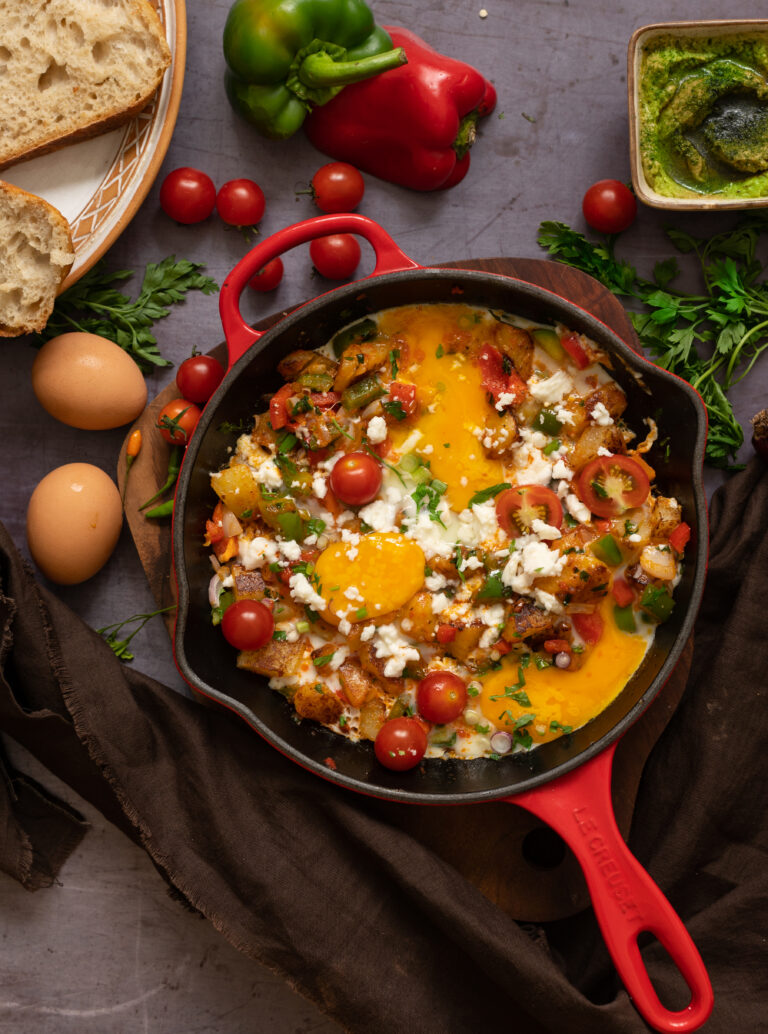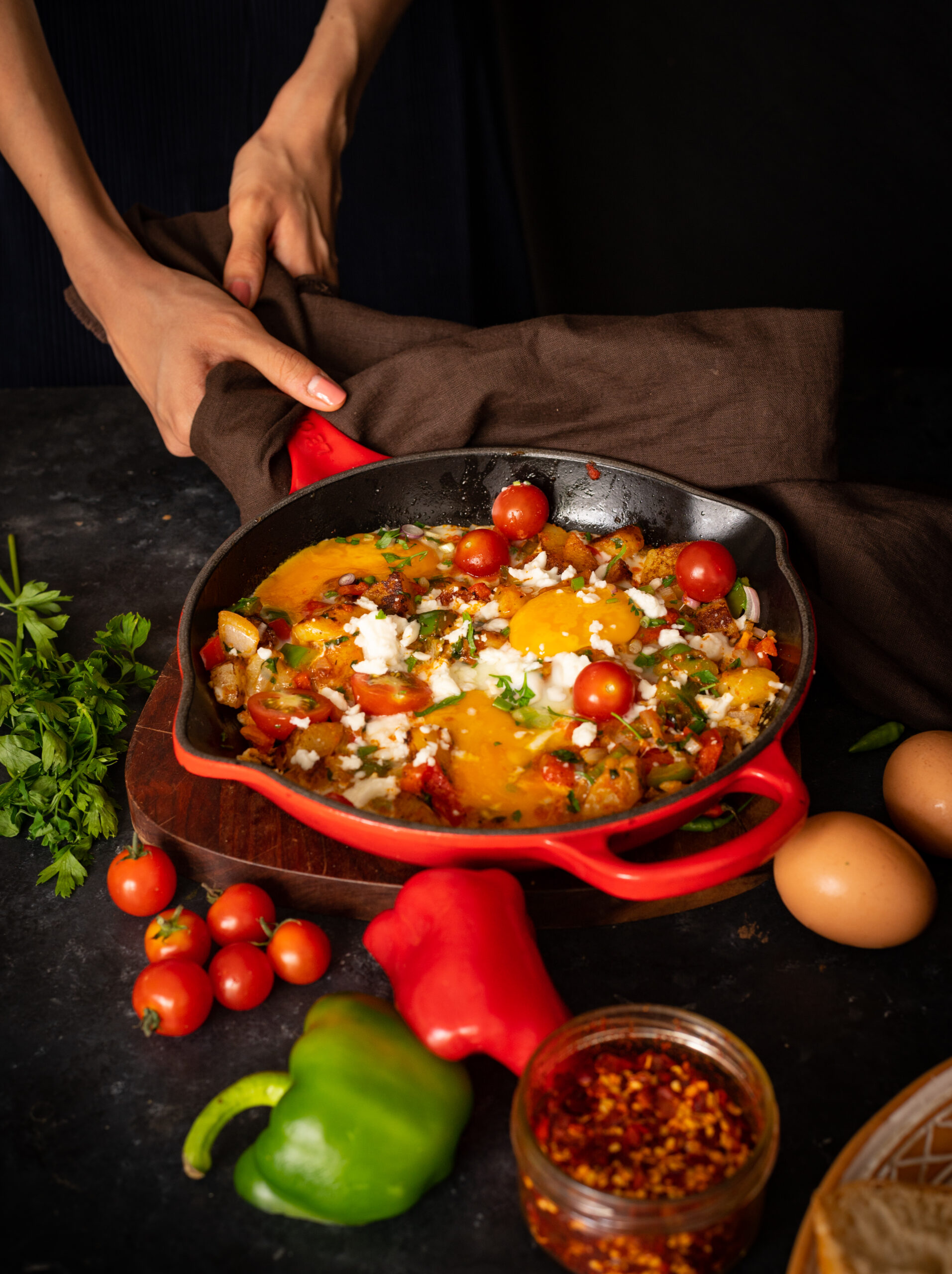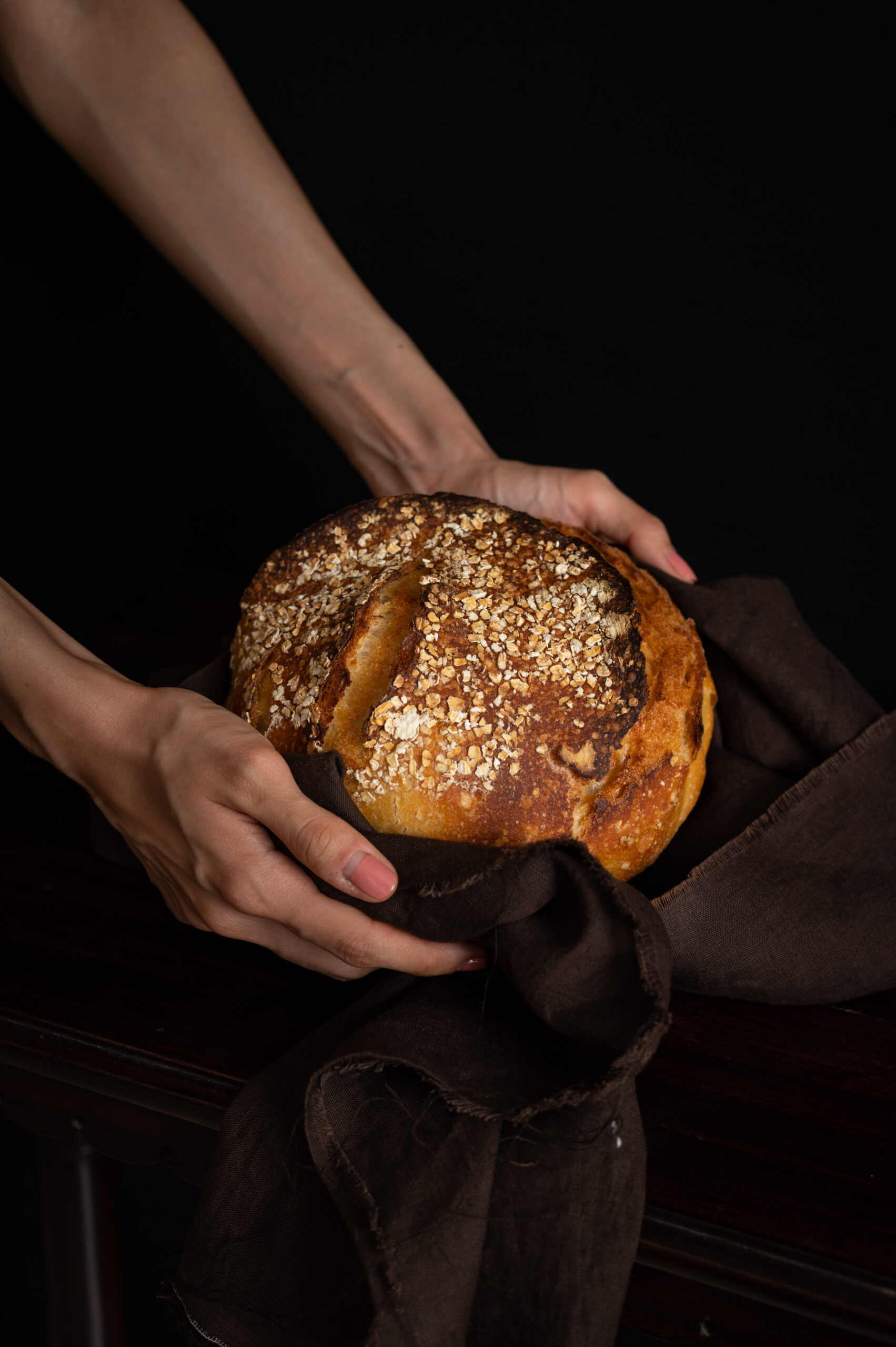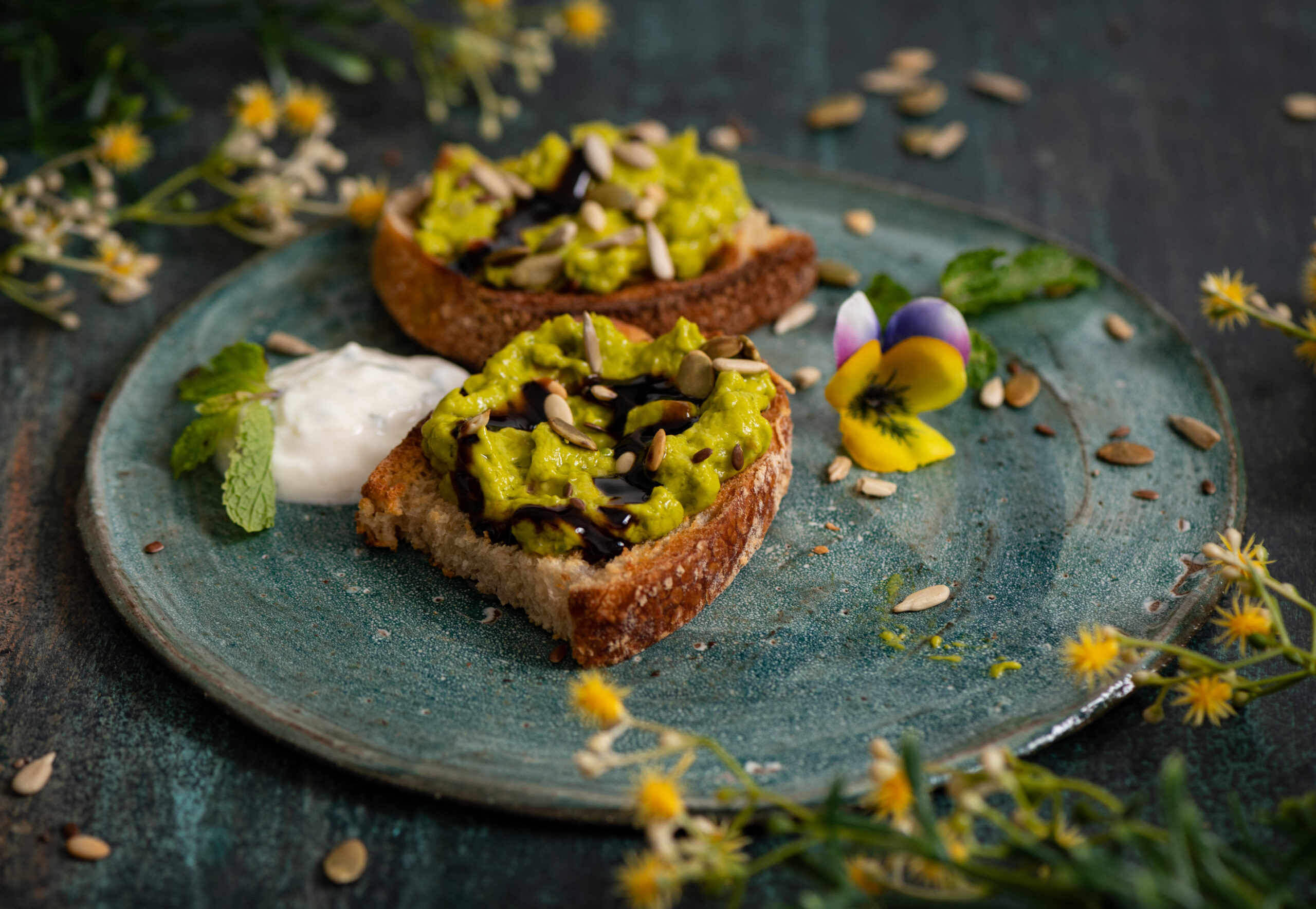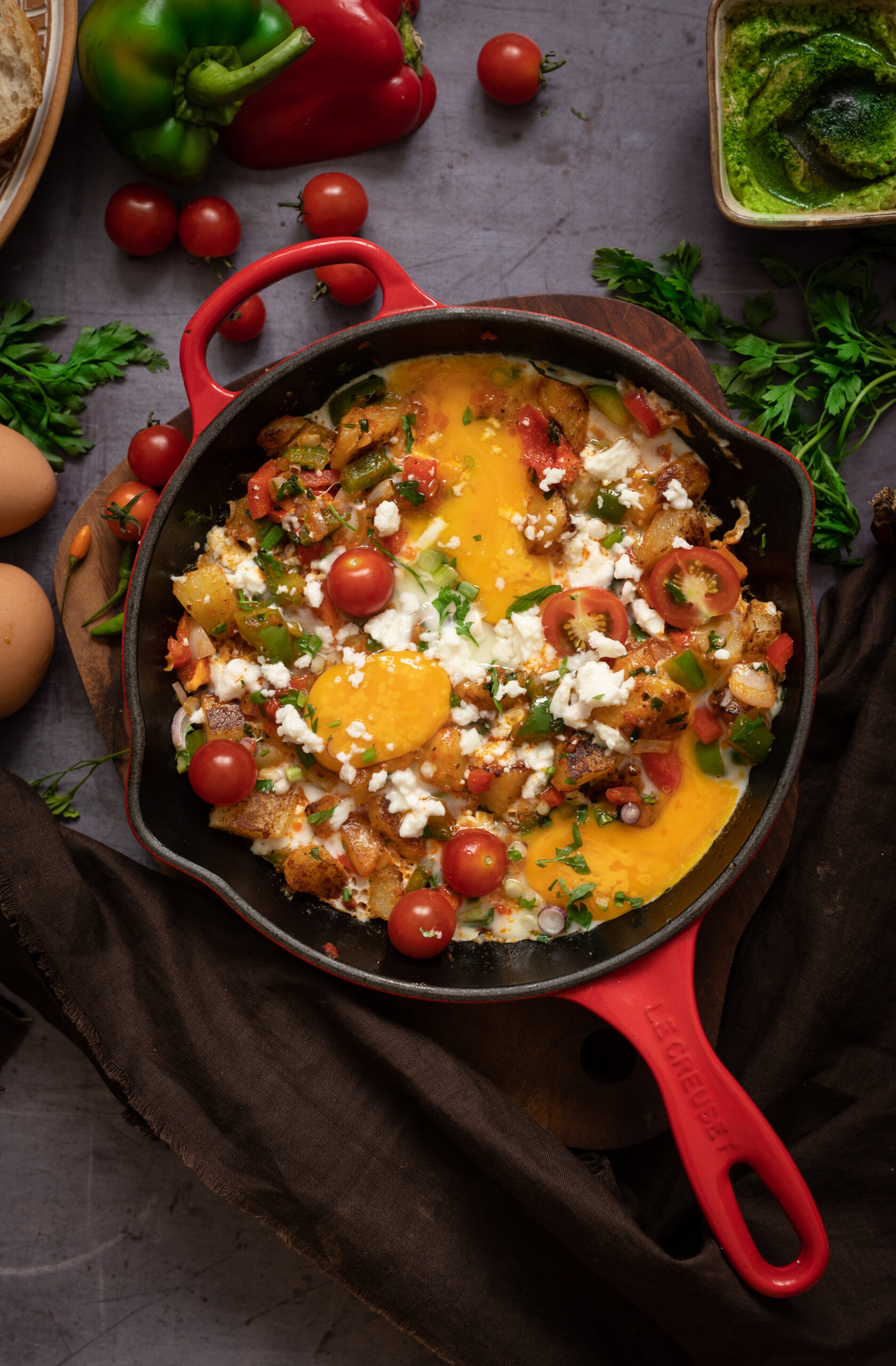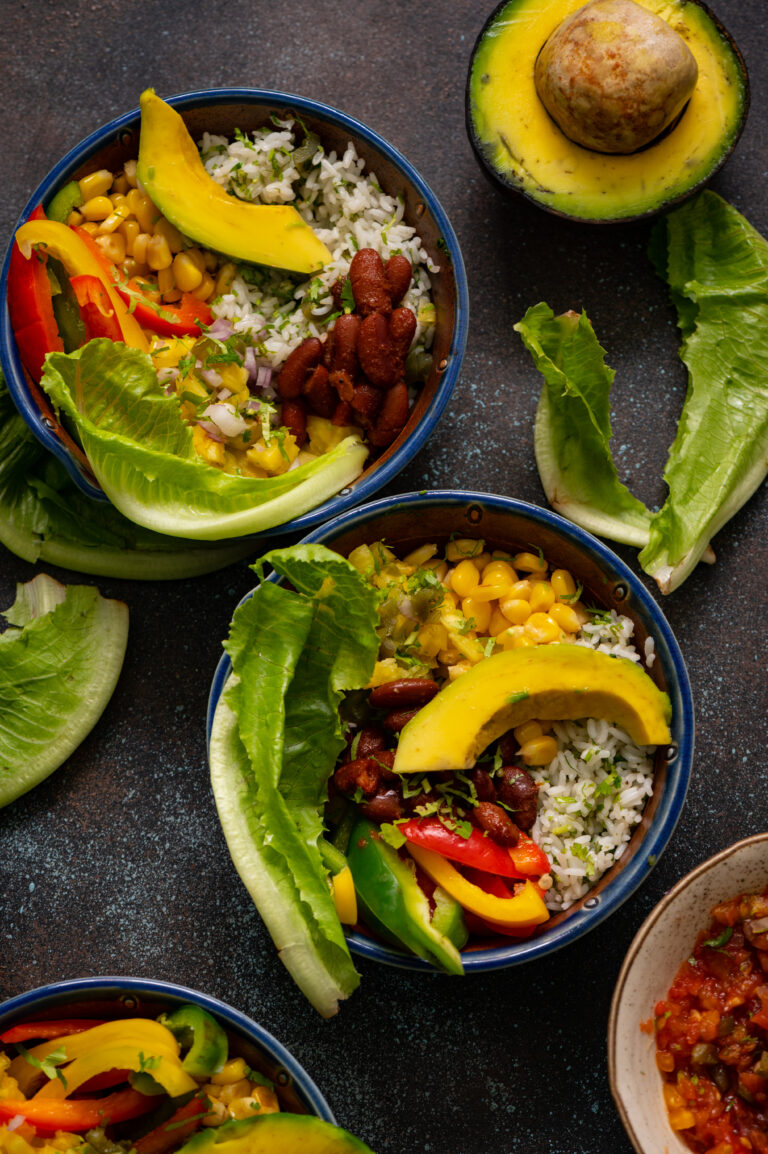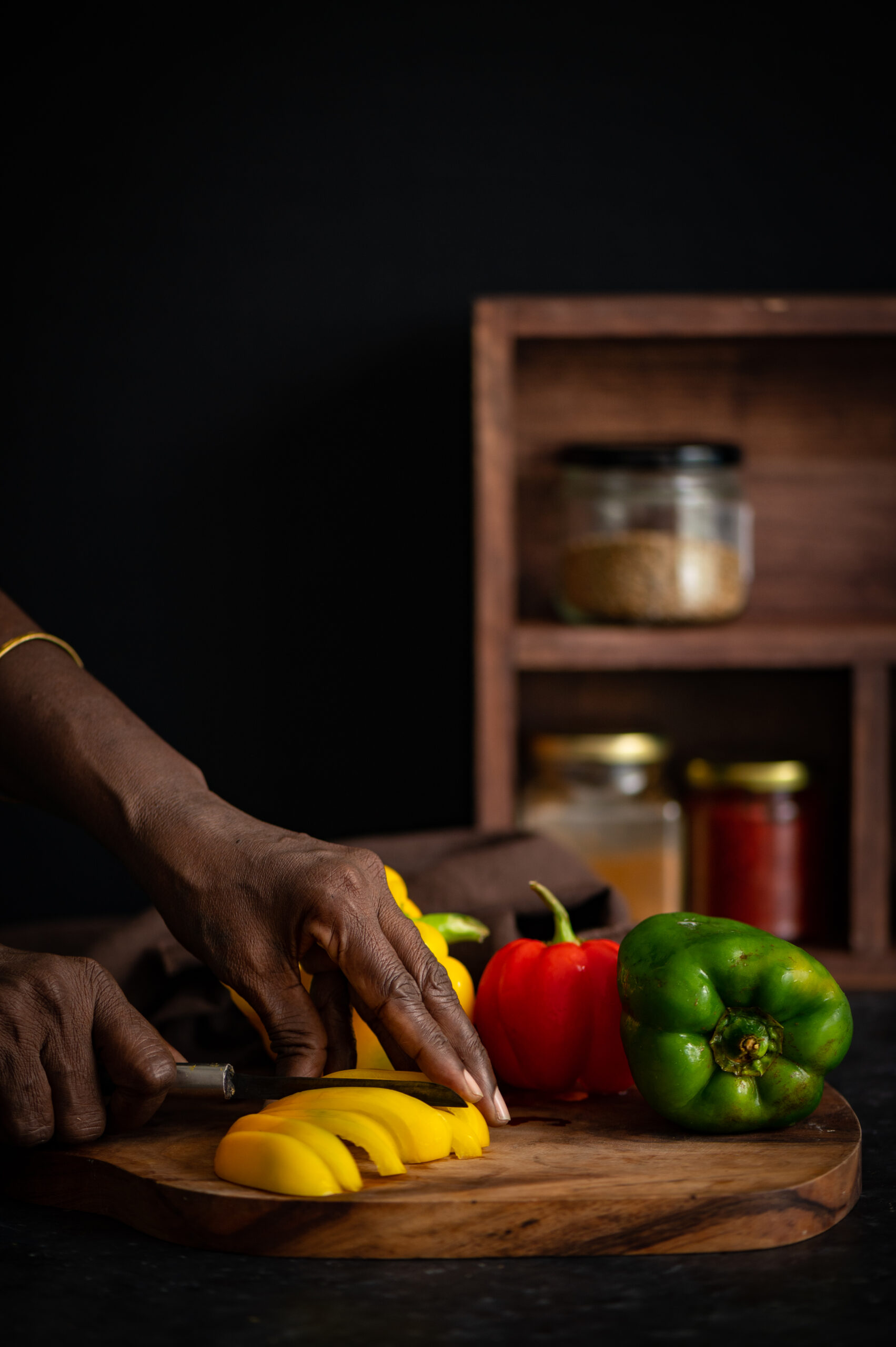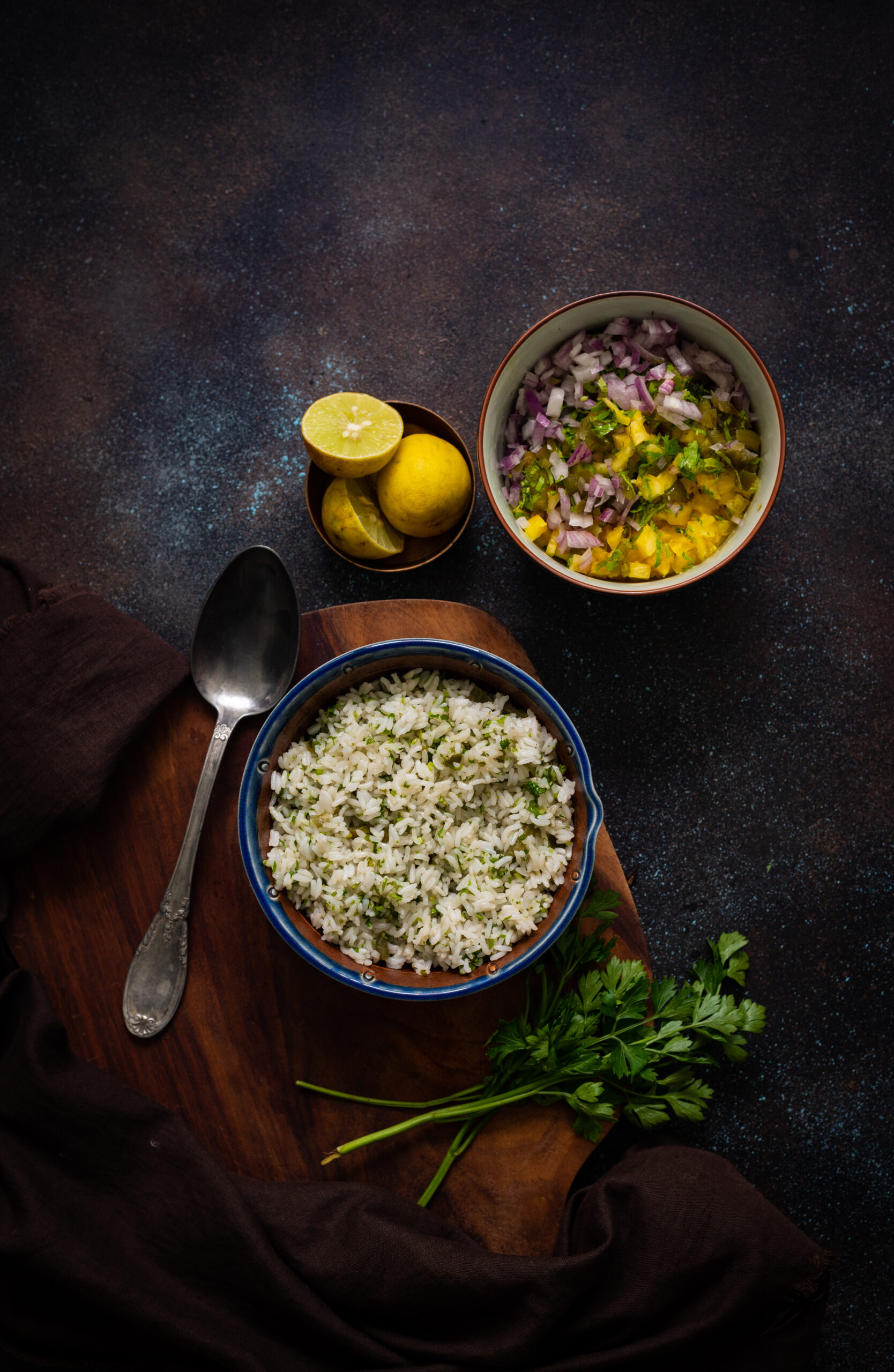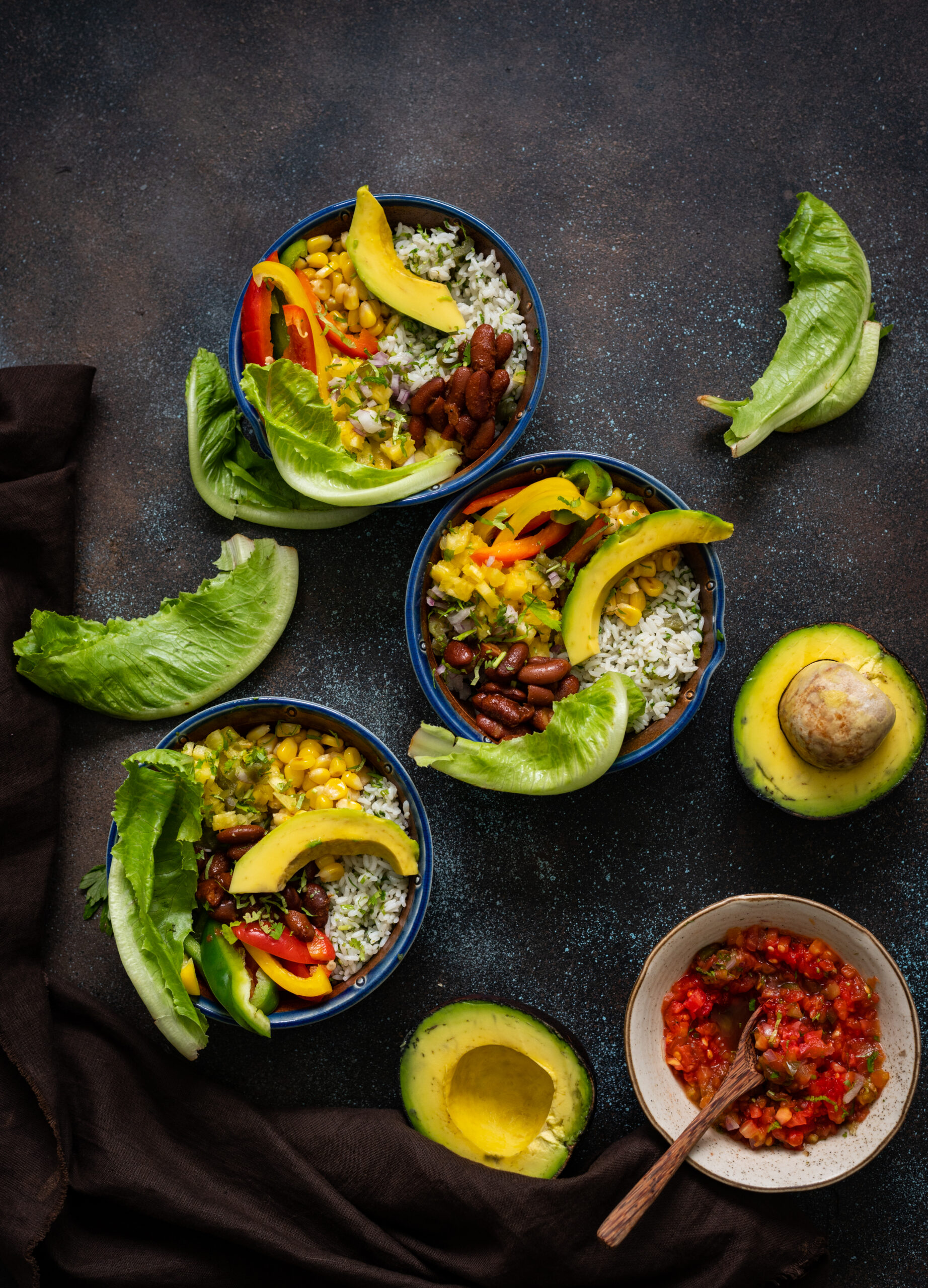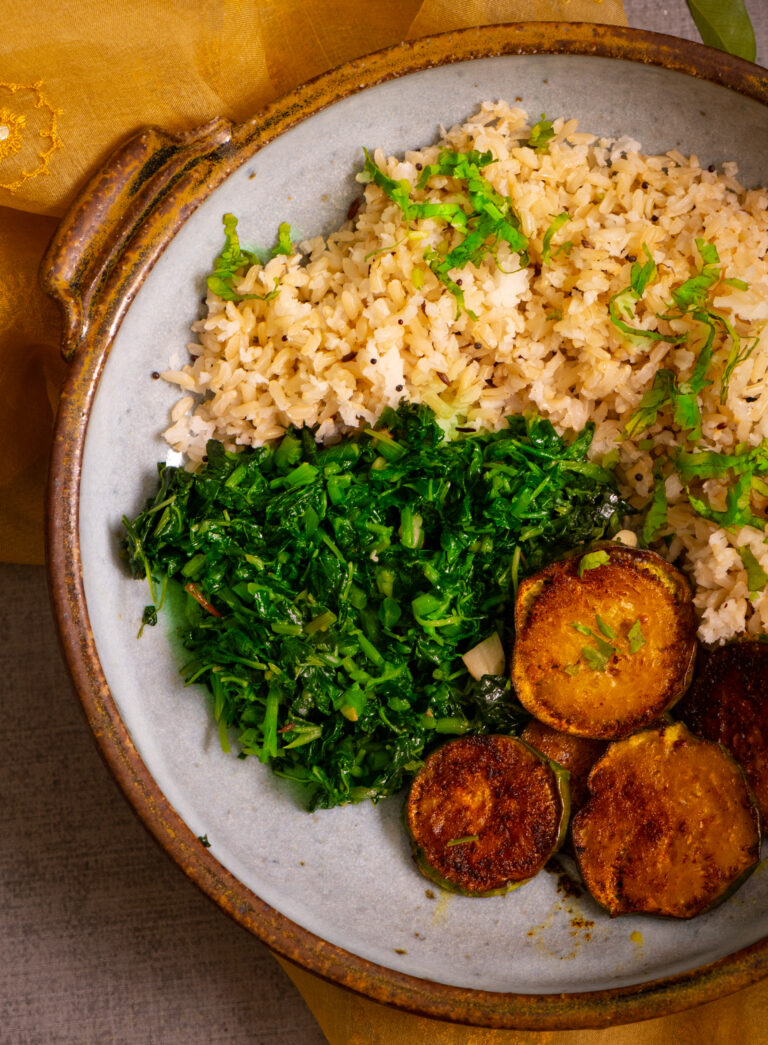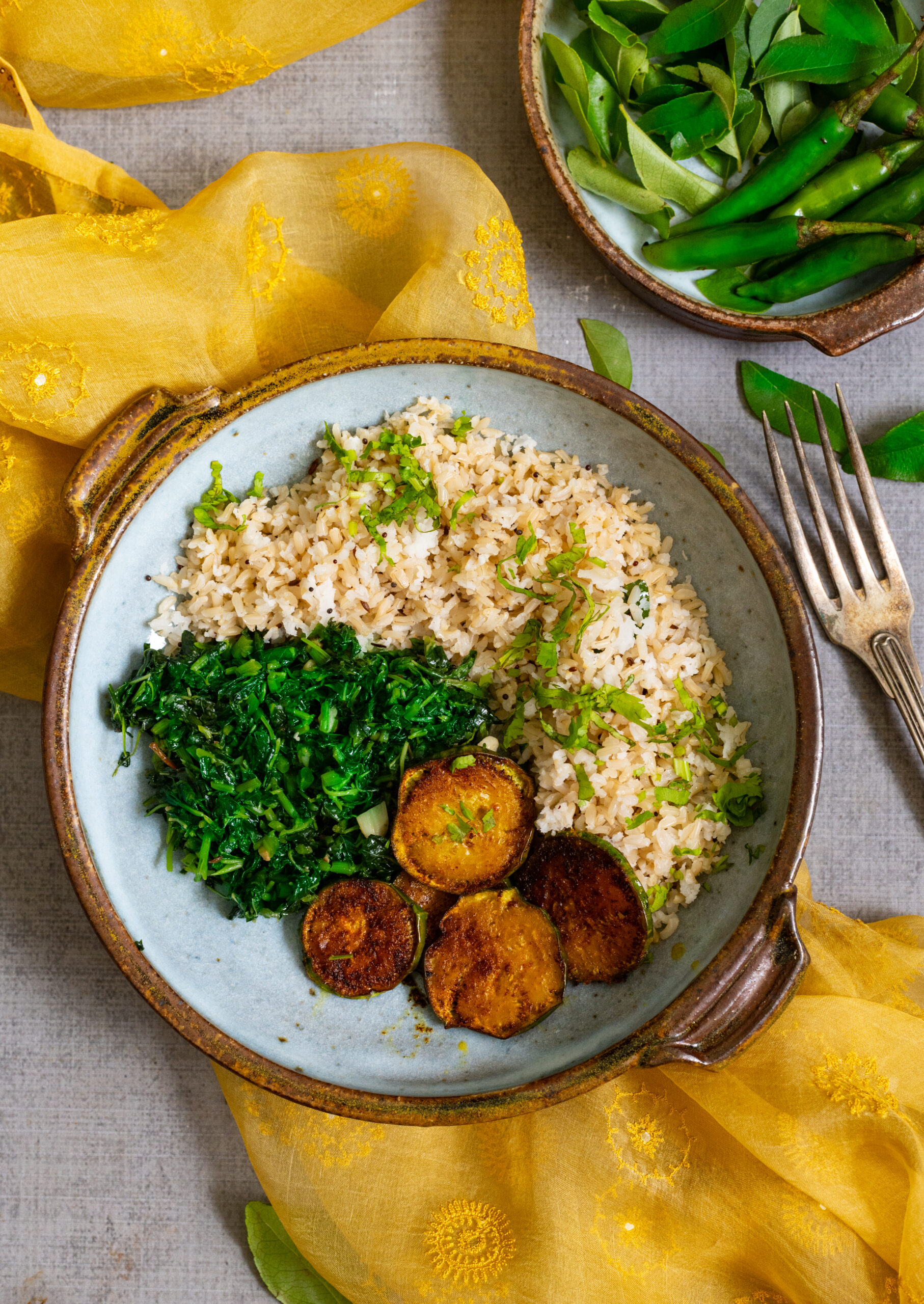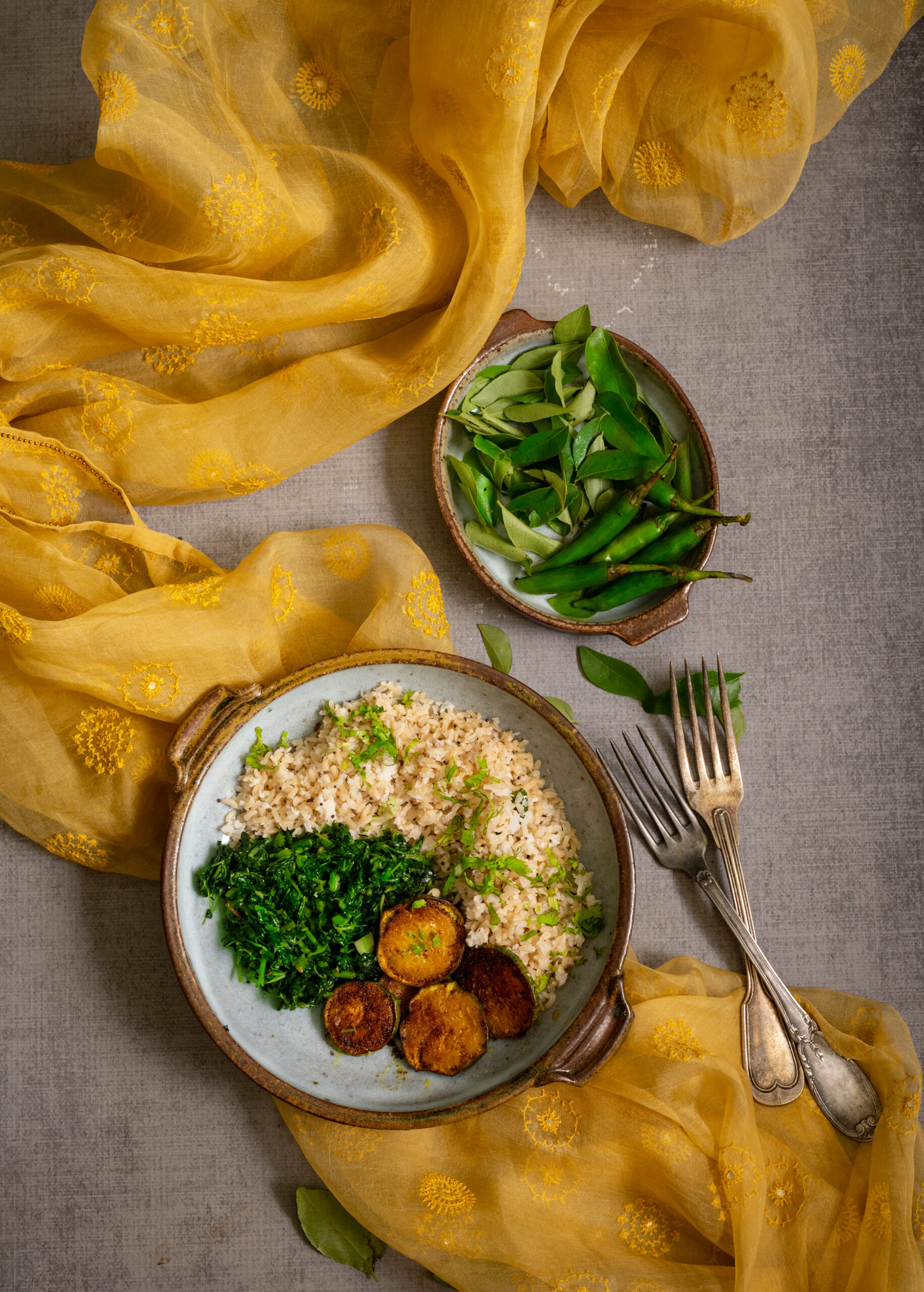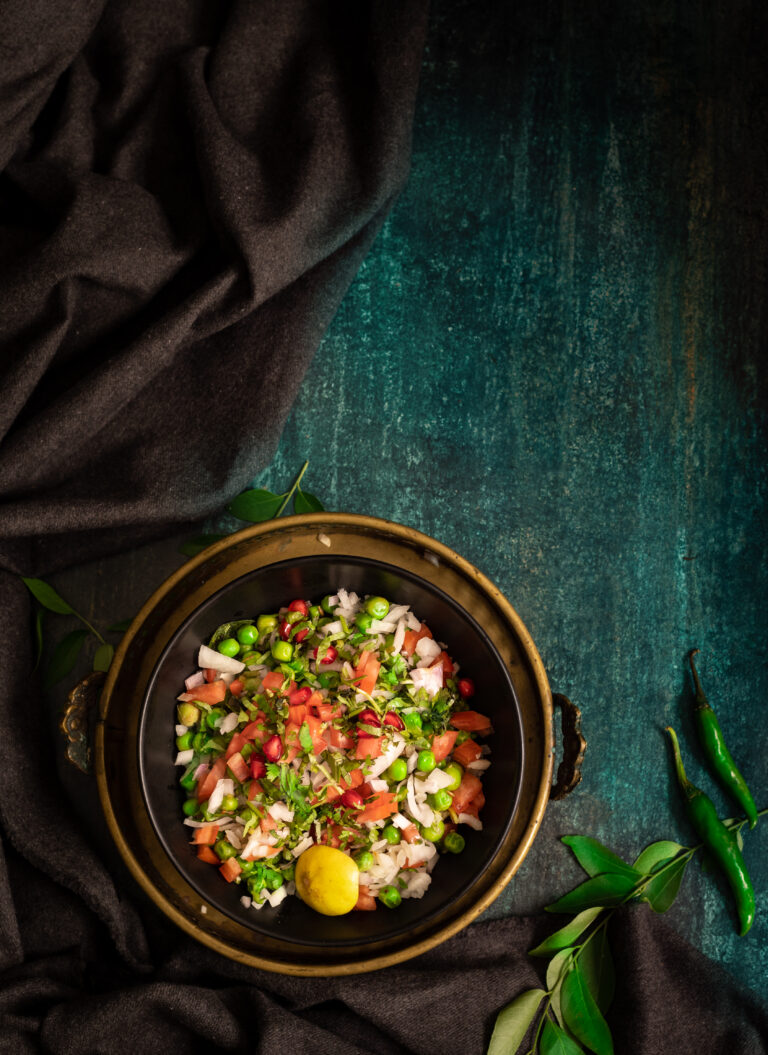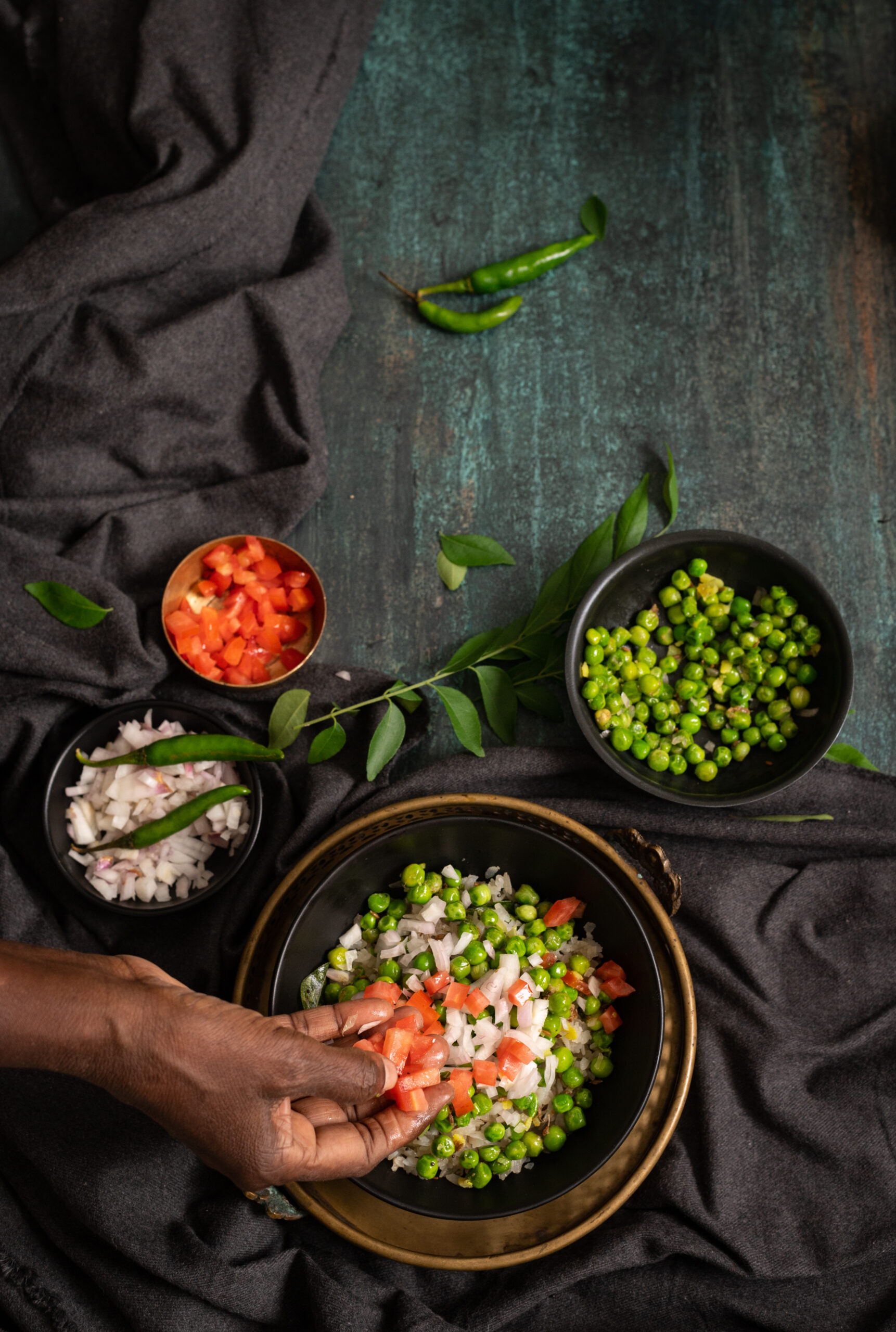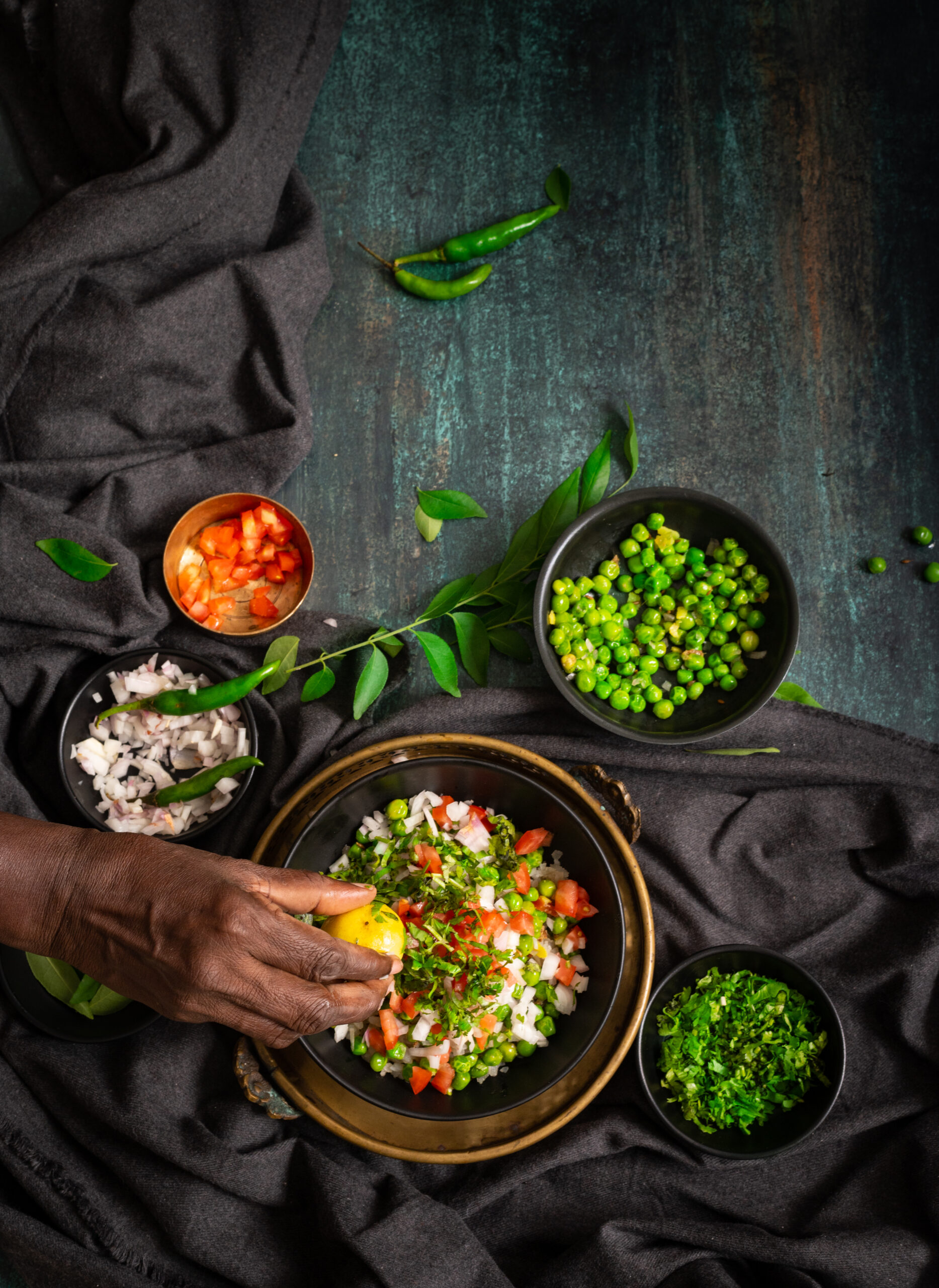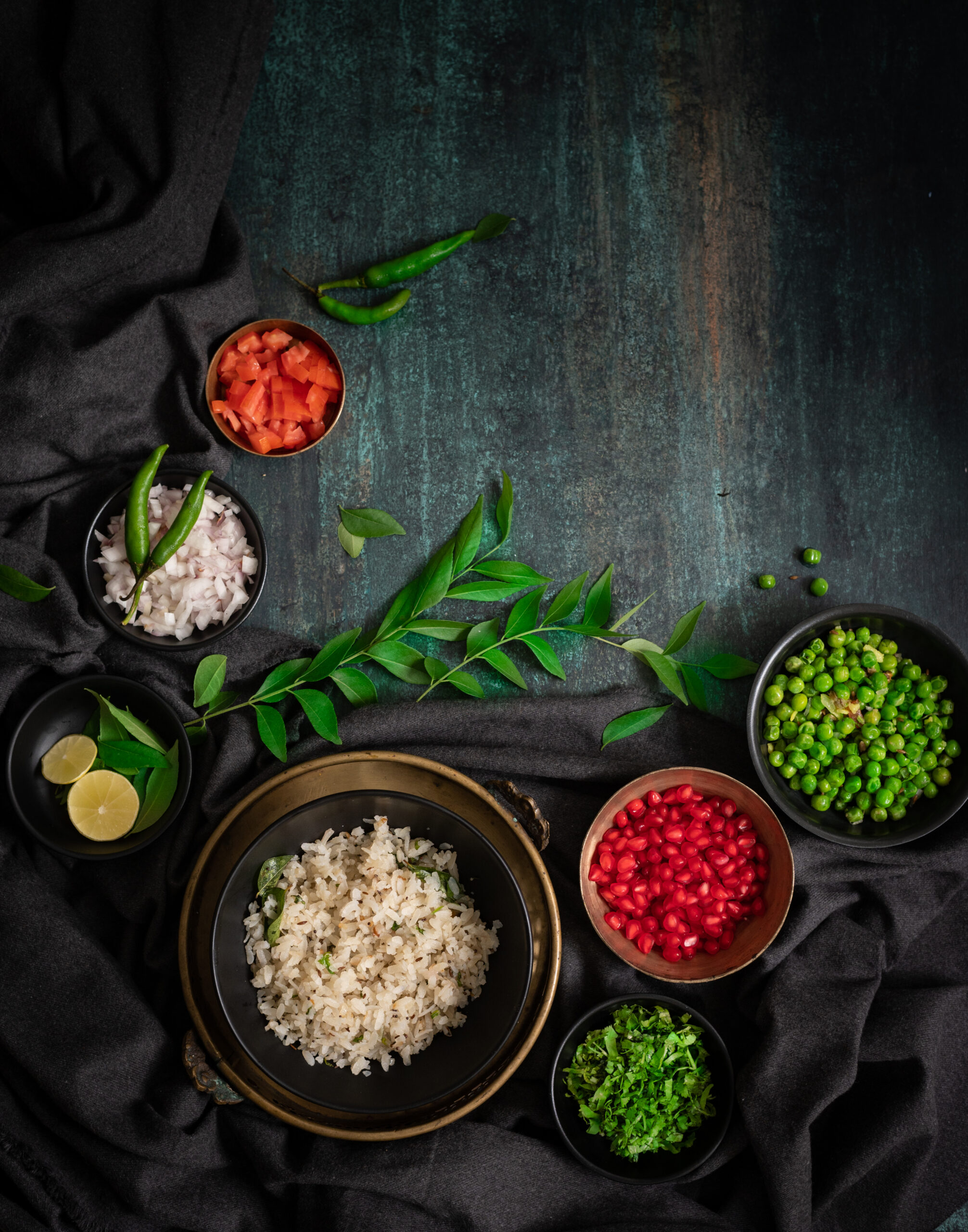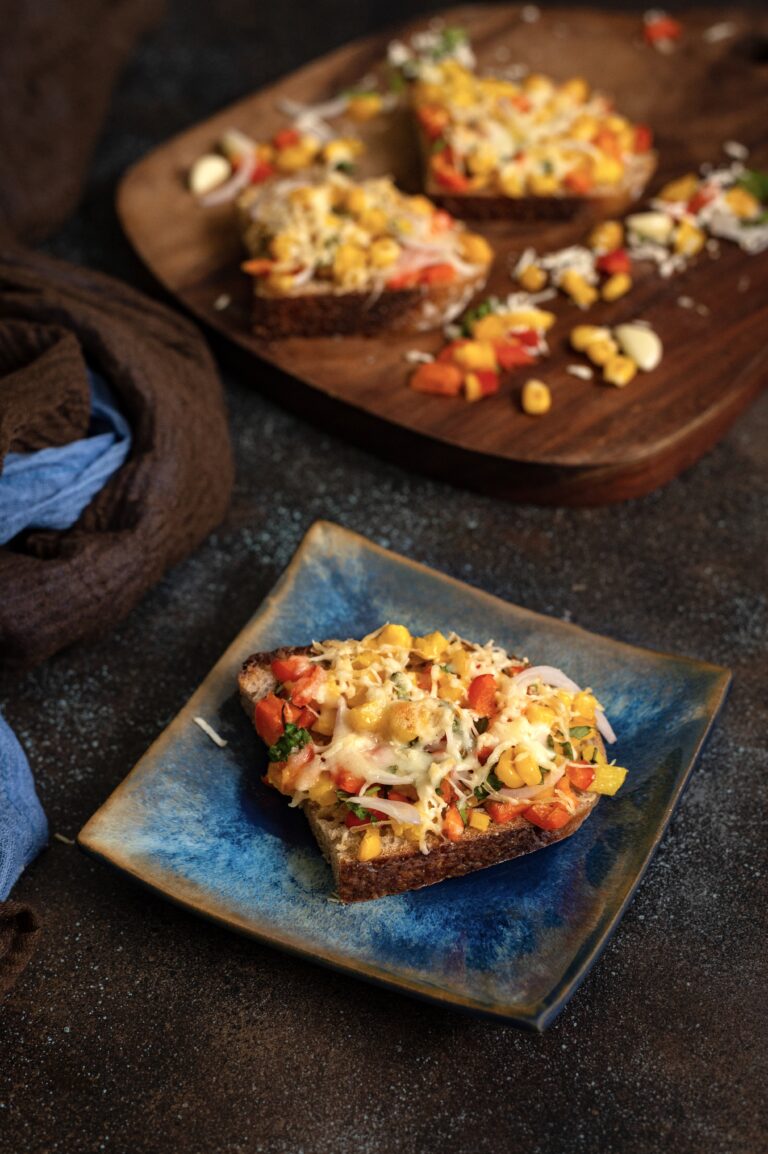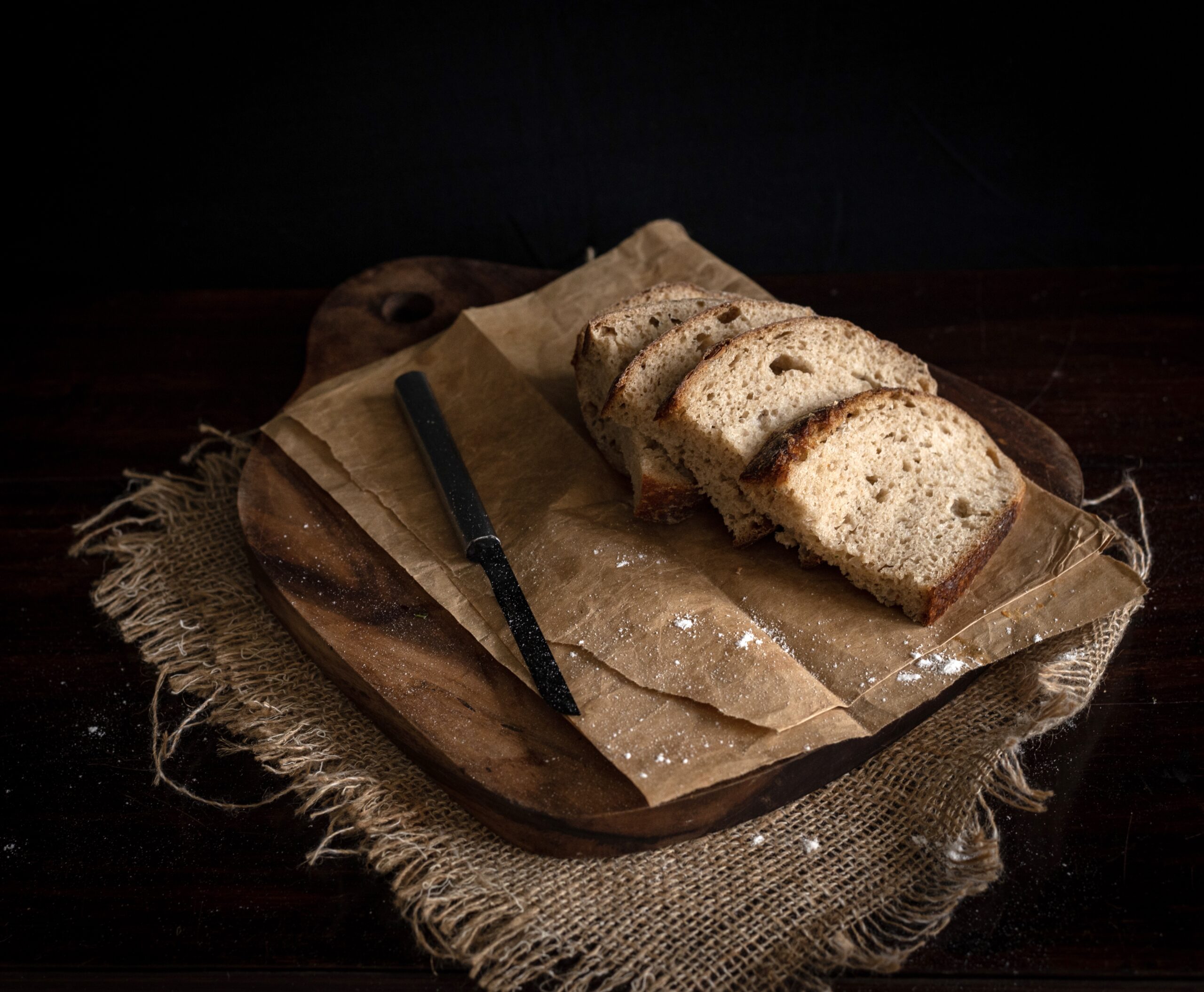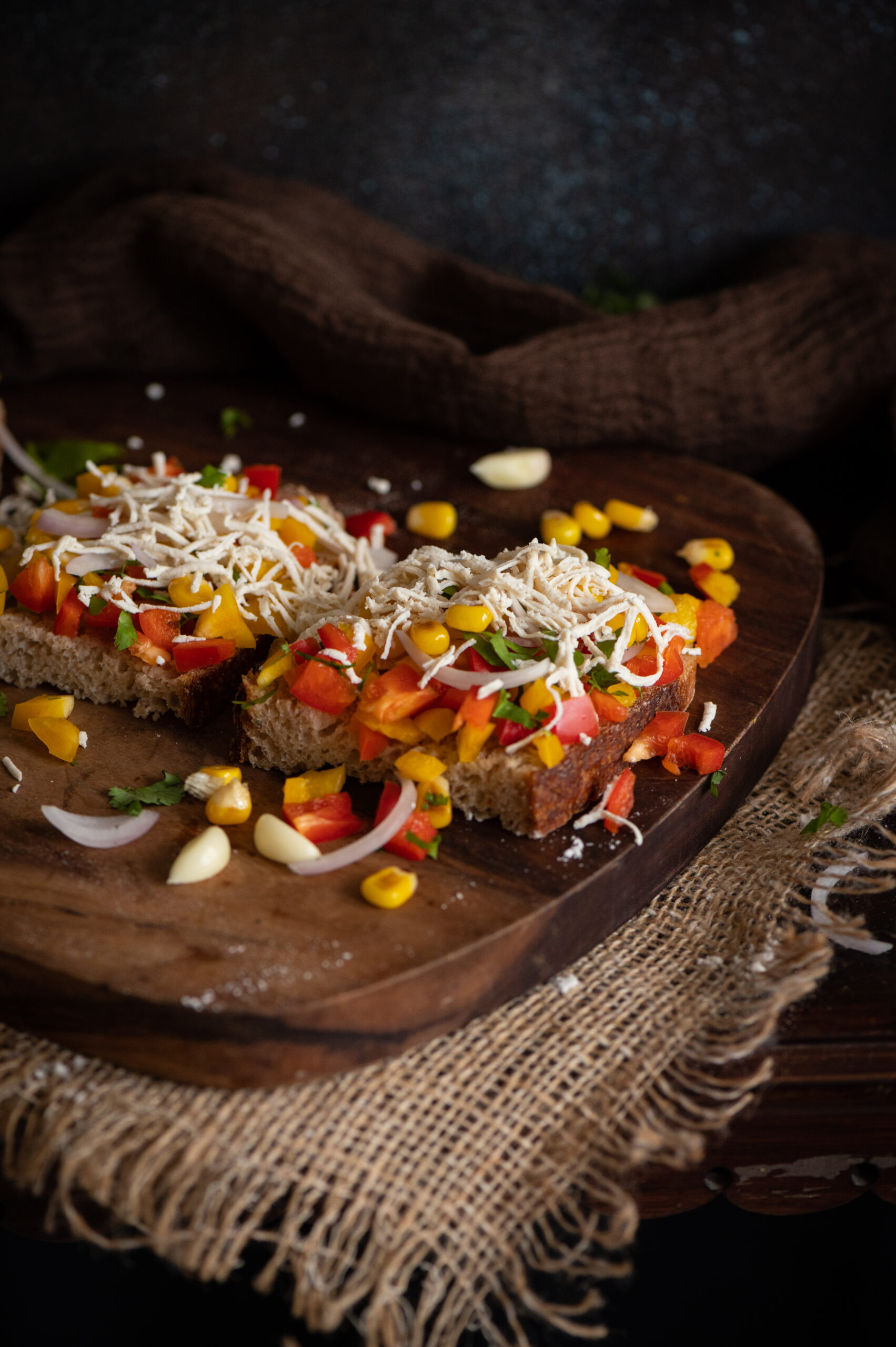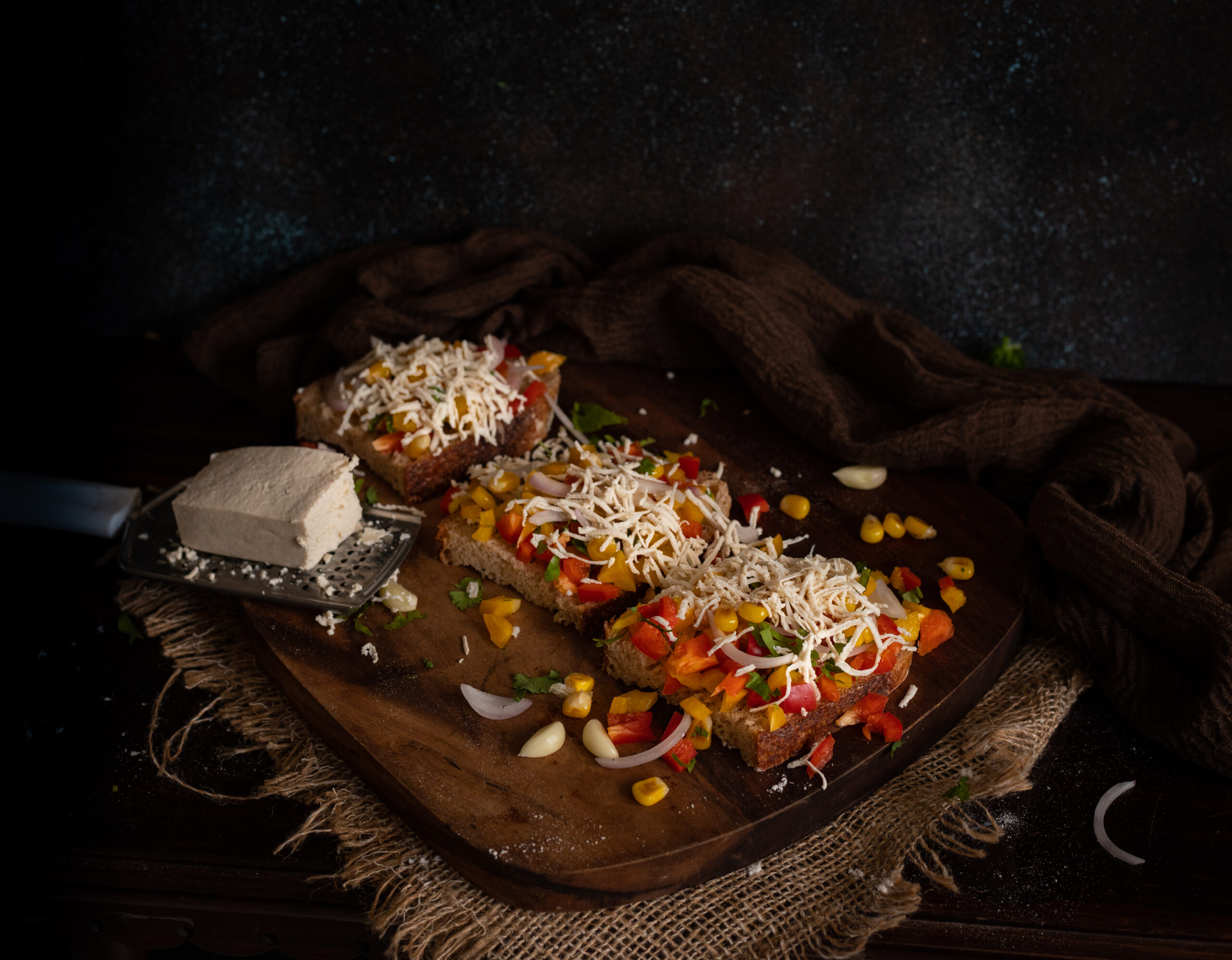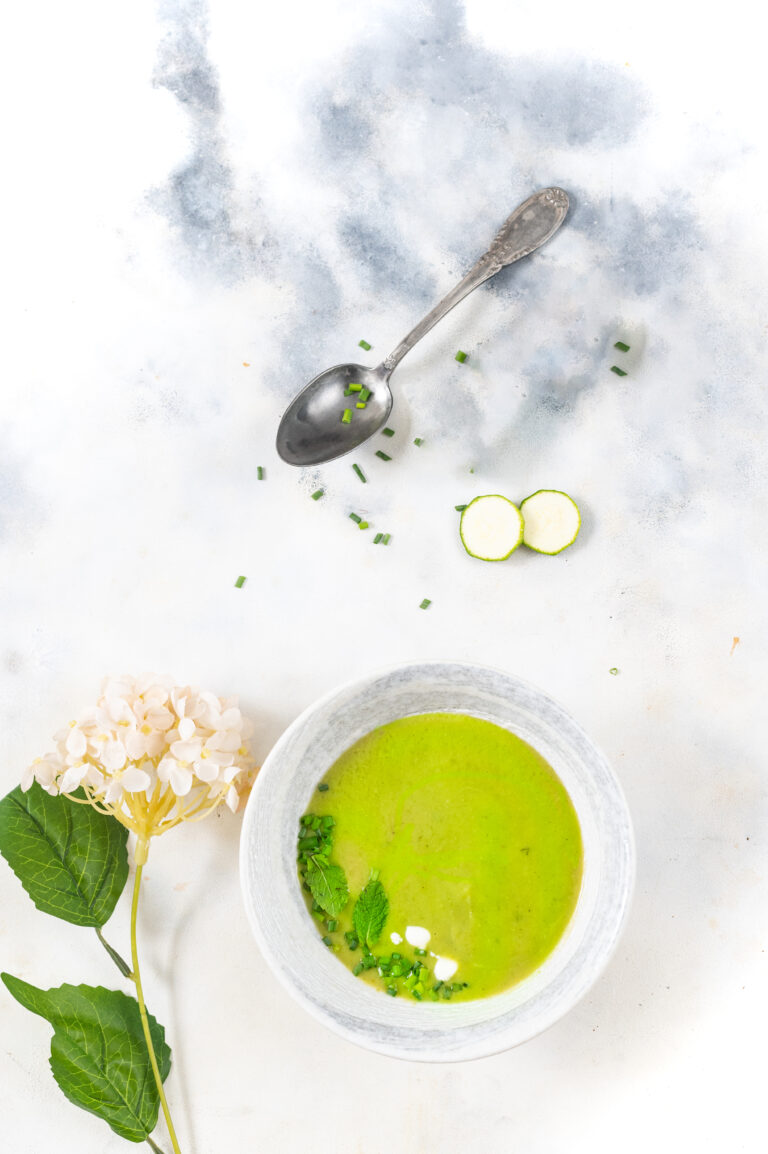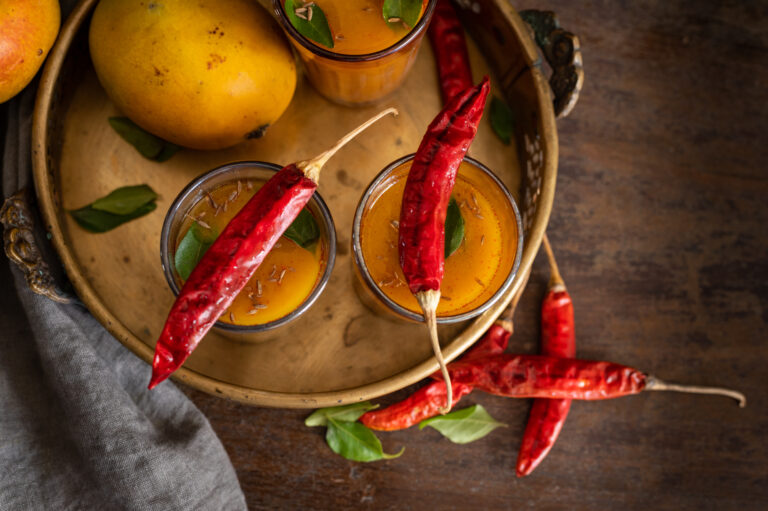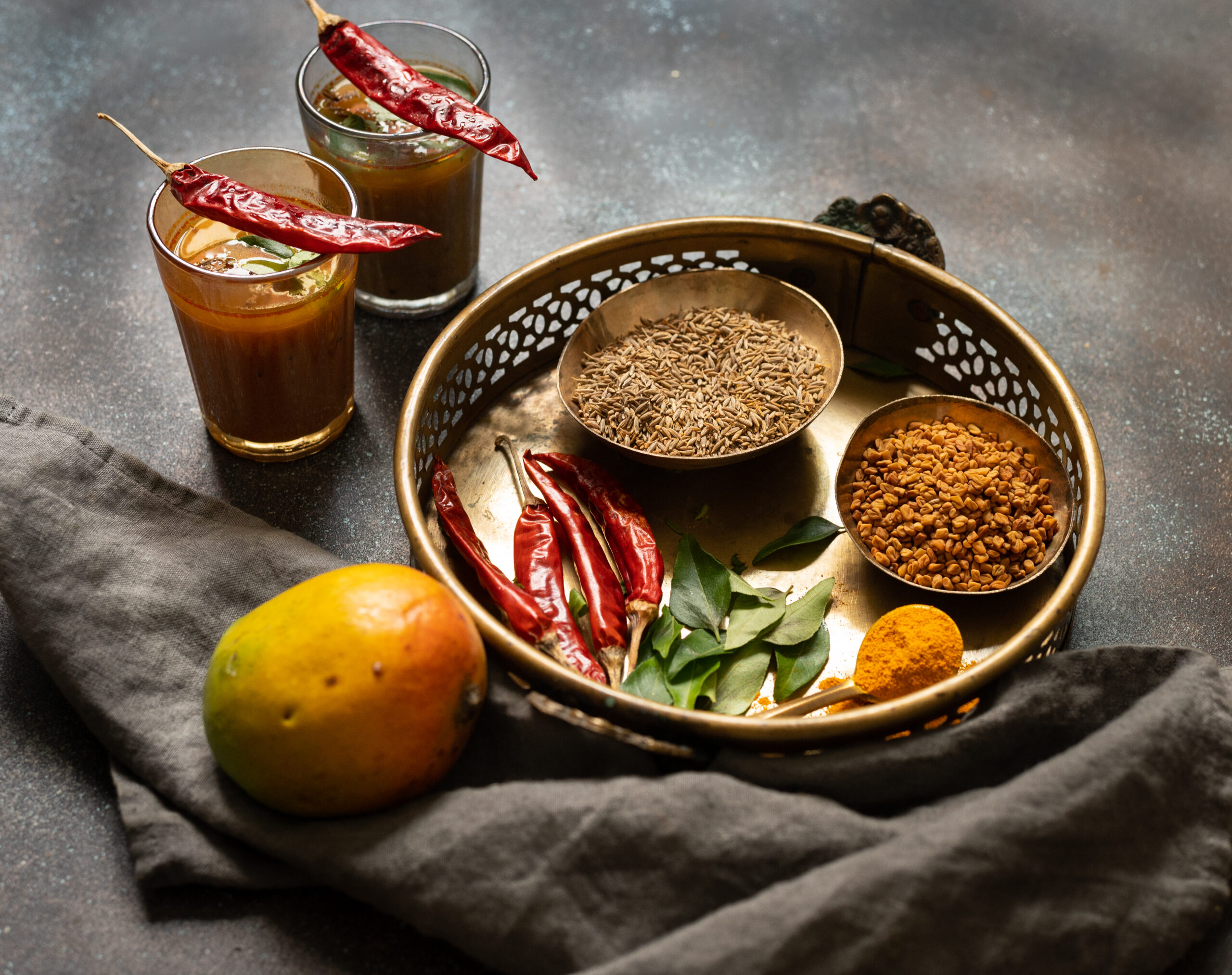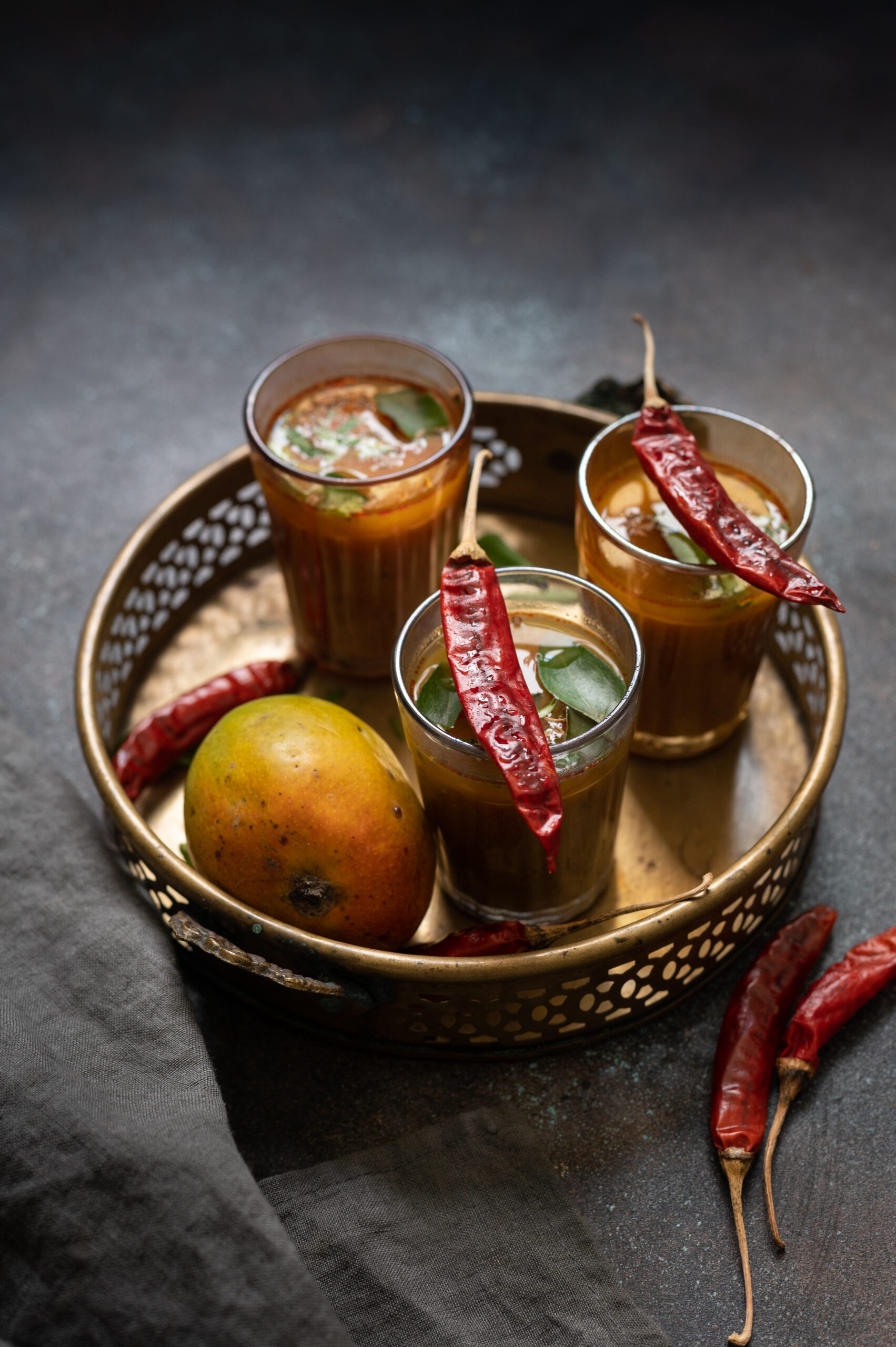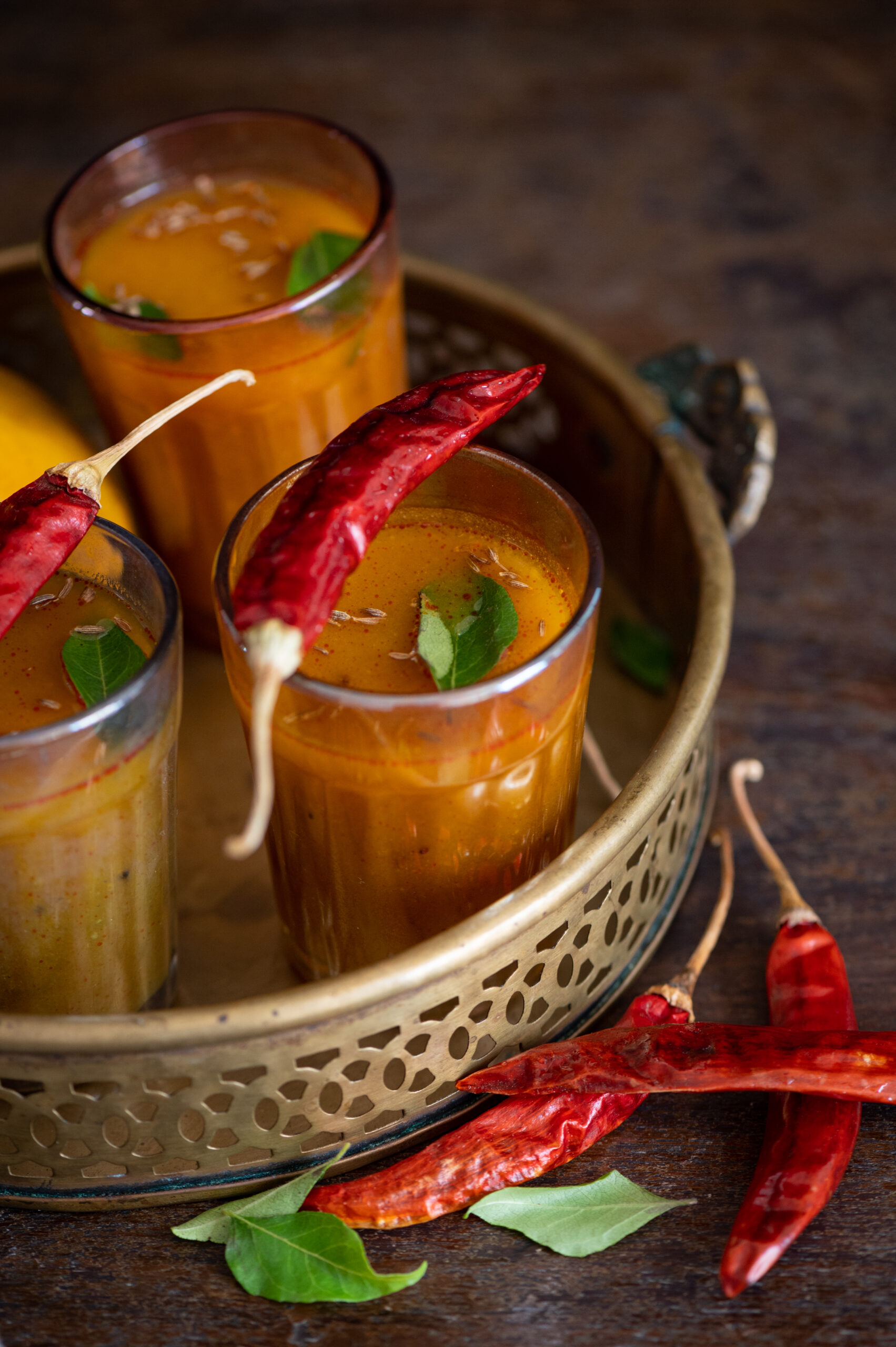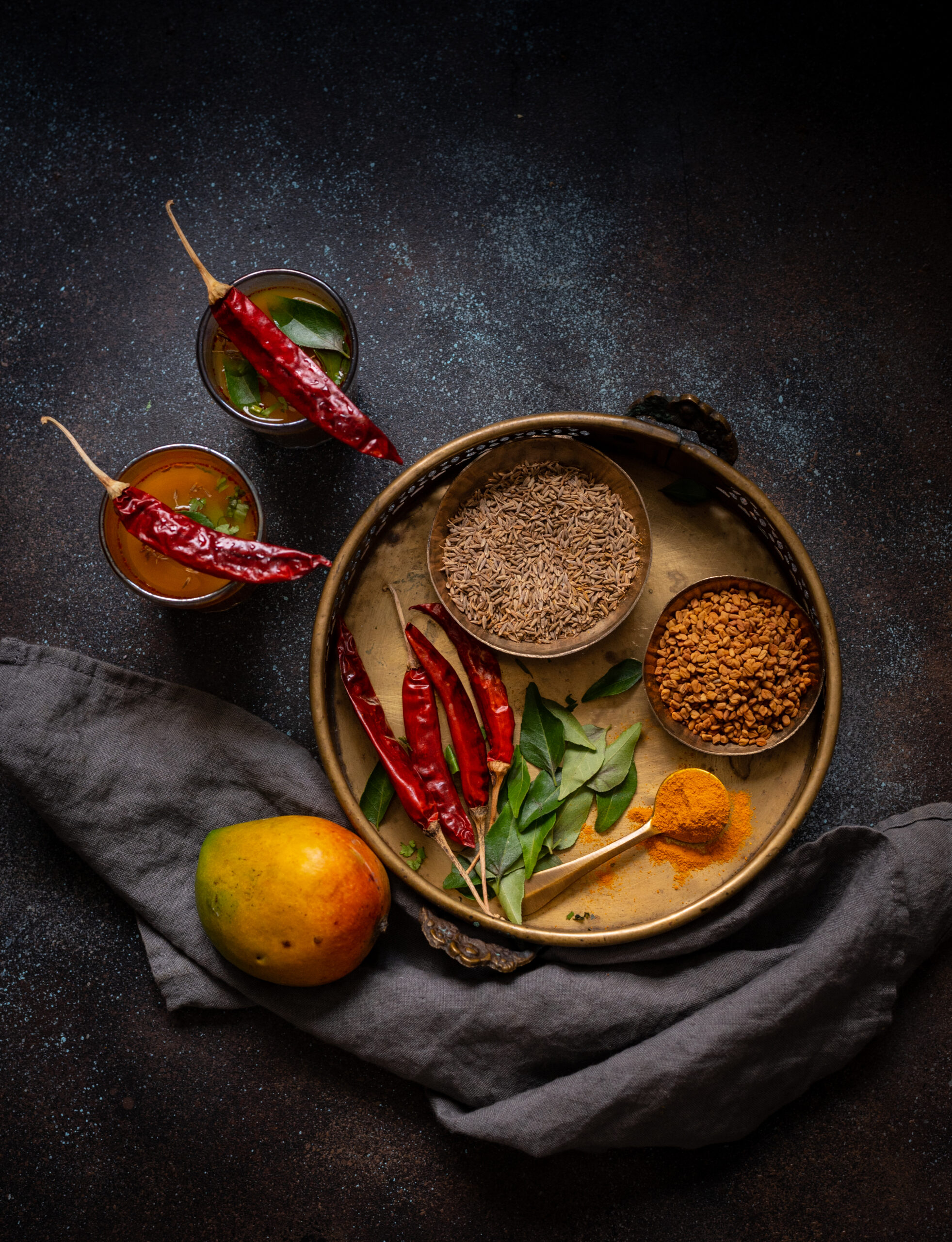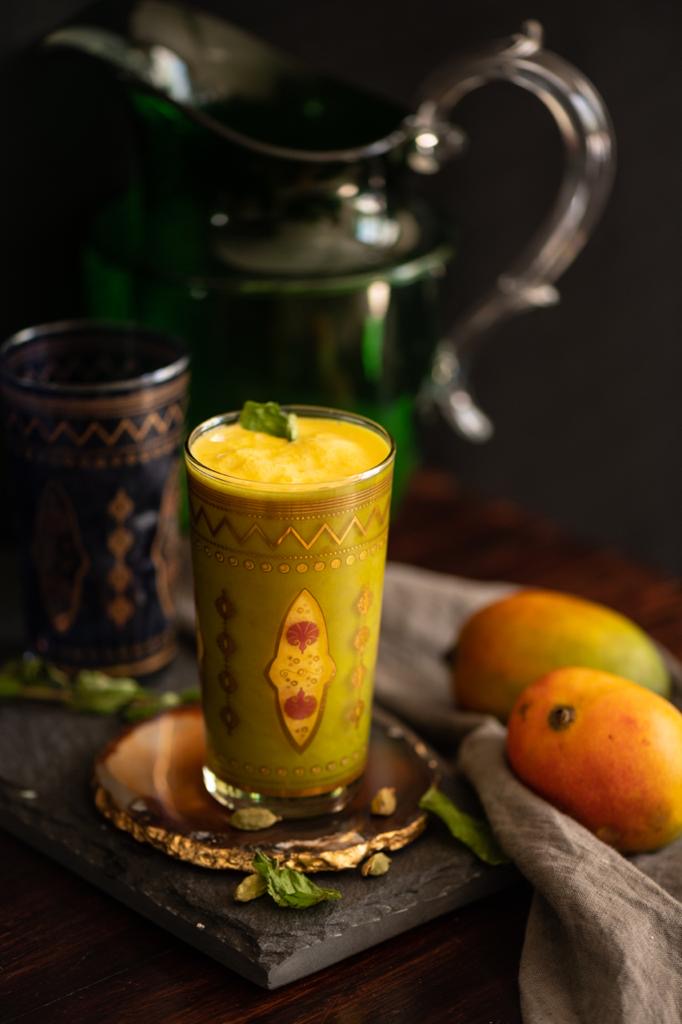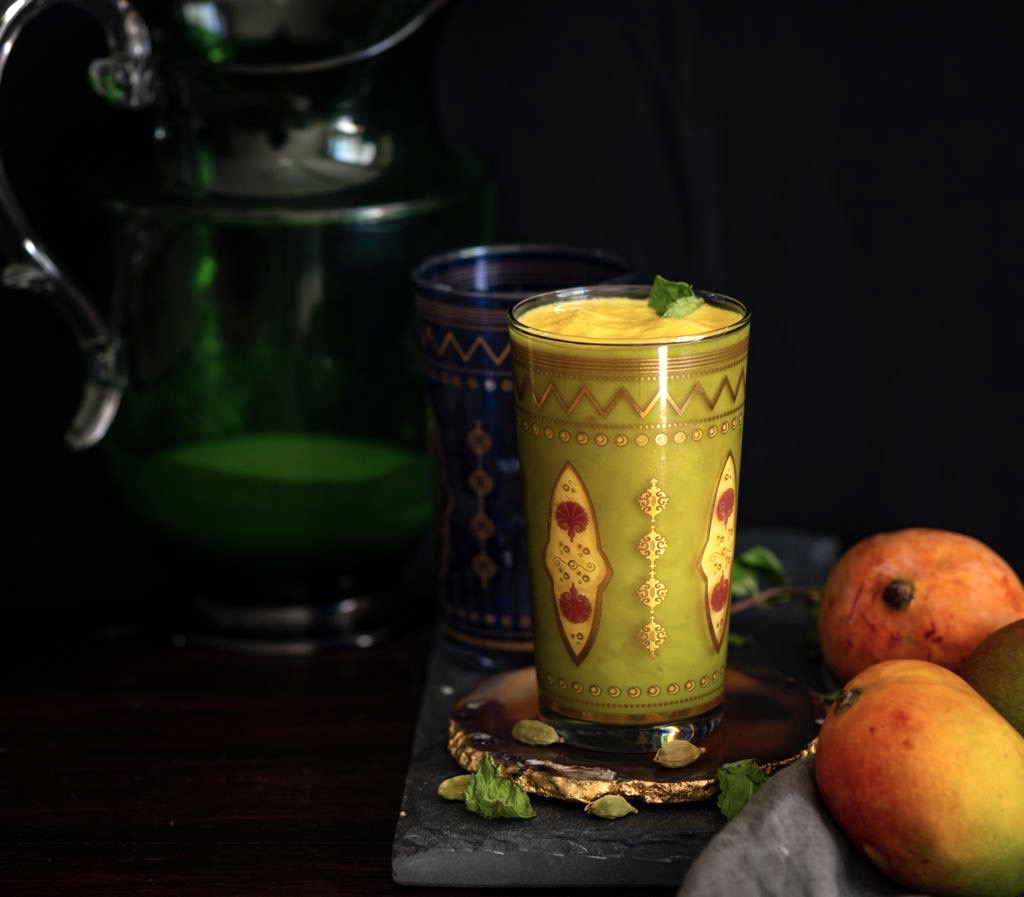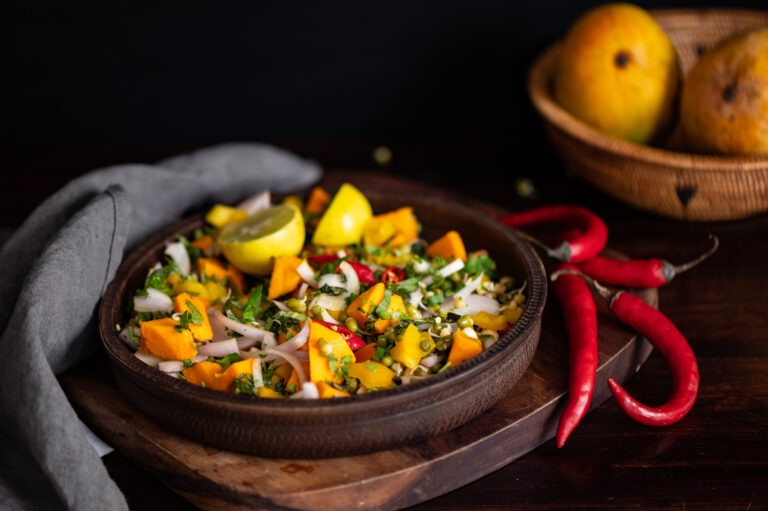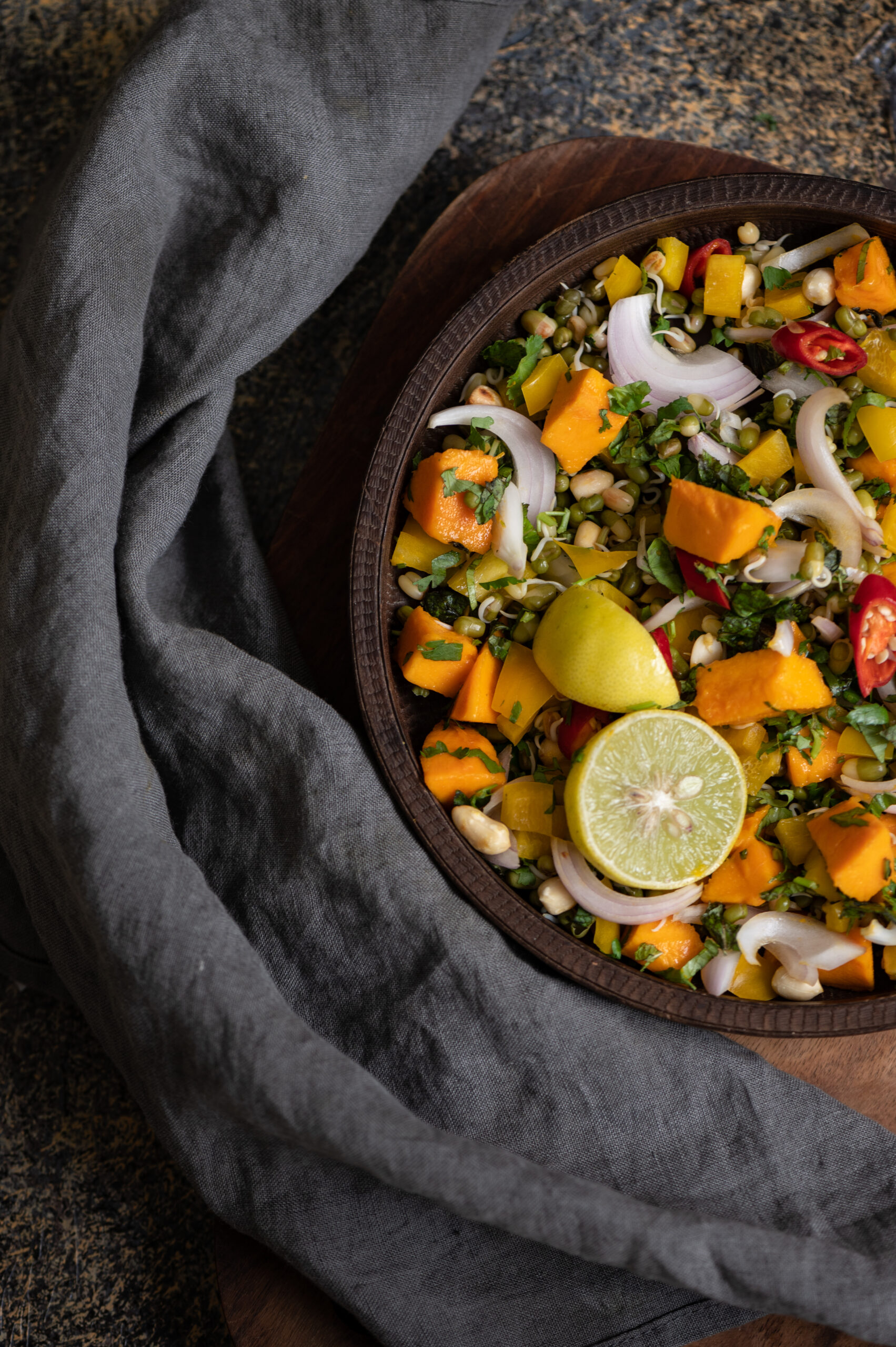Having travelled through the tastebuds from right here in South India to Mexico and the Middle East and North Africa, the internationally-inspired Buddha bowl series on this blog arrives at its final destination: back on this continent. As I’ve said earlier, every one of these dishes qualifies as fusion cuisine, a tribute influenced by foreign flavours but by no means authentic. The same goes for this delicious, garlic-infused bowl of goodness, reminiscent of cooking from East Asia.
Indians have been very fond of Asian cuisines for the longest time, and what we eat here is really its own sub-cuisine, commonly known as Indo-Chinese food. While I’ve loved ordering these dishes while dining out, I had always been under the impression that Asian cooking involved too many ingredients or prep and that it somehow wouldn’t work for me. All this changed with the lockdown, which has had my daughter living here with us for the past few months. It’s a joy to have her safely here, rather than alone in Mumbai during the pandemic, and what she’s brought along with her is her love for Asian-inspired recipes. They are her own cooking go-to. Somehow, these dishes seem to come together rather naturally for her, and they taste fabulous. Due to her influence, I’ve been leaning towards (and learning how to make) this cuisine more and more, and enjoying the homemade versions, which tend to be healthier.
Fortunately for us, the ingredients are easily available and fresh. The recipes my daughter and I make together are all vegetarian or vegan, which suits us both. We have lunch together daily, and it’s wonderful to share dishes that I’d always only associated with the restaurant experience. I belong to a generation for whom Indo-Chinese food usually had something to do with a social or celebratory occasion, as I described here, so some of those special memories are also evoked at home now too. Nowadays, due to the large expat population in Chennai, we are lucky to also have a proliferation of Korean and Japanese restaurants, giving diners lots more wonderful variety when it comes to international food. My Asian-influenced and daughter-inspired Buddha bowl below, however, takes its cues from the Indo-Chinese restaurants that I was first exposed to. As a relative newbie to recipes like this one, I can assure you that this one is so easy and so tasty to make that you’ll be whipping it up in no time too!
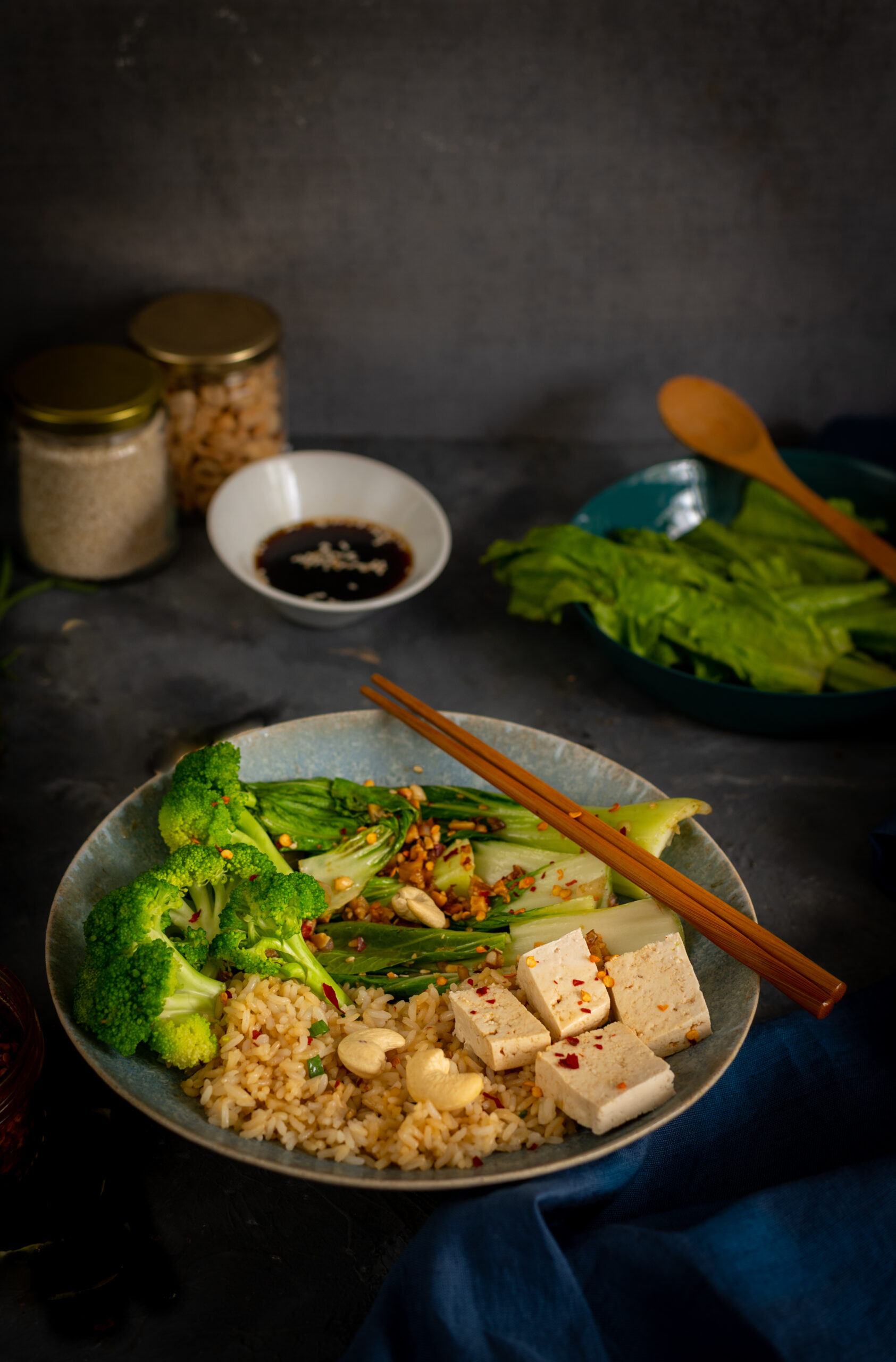
Asian-Style Buddha Bowl
(Serves 2)
Garlic Rice
2 cups cooked rice
2 tablespoons finely sliced spring onions
2 tablespoons finely chopped garlic
1 tablespoon sesame oil
½ tablespoon light soy sauce
Salt to taste
Garlic Bok Choy
1 tablespoon crushed peanuts
½ tablespoon sesame oil
1 bunch cleaned and dried bok choy
½ tablespoon sliced garlic
½ teaspoon grated ginger
2-3 finely cut shallots
¼ teaspoon honey
Salt to taste
A pinch of chili flakes
A dash of lemon
Tofu
6 – 8 slices tofu
1½ tablespoons light soy sauce
1 tablespoon hot water
A pinch of sesame seeds
¼ teaspoon honey
¼ teaspoon sesame oil
Broccoli
1 cup sliced broccoli
Salt to taste
Garnish
Cilantro (finely chopped)
Spring onions (finely chopped)
Chili flakes
As with all Buddha bowls, each component must be made separately and brought together only when you are ready to serve the meal. Begin by preparing the garlic rice. In a pan, heat the oil. Add the garlic and allow it to sauté until it is golden and aromatic. Now, add the rice. Stir. Add the salt, soy sauce and spring onions. Mix well and set aside.
Then, prepare the garlic bok choy. Heat the oil in a pan. Once it is hot, add the garlic, ginger and peanuts. Stir them together. Now, add the bok choy and the honey, allowing the flavours in the pan to coat the leaves well. Sprinkle salt, add the dash of lemon and stir. Set aside.
I prefer the leaves to be a bit raw and crunchy. However, if you like them cooked well and wilted you may make them this way. You may also replace the peanuts with cashew nuts. If you have a nut intolerance, you can avoid the nuts altogether.
To prepare the tofu, first stir all the ingredients except the tofu together in a cup to make a sauce. Set this aside. Now, sauté the tofu lightly in oil.
To prepare the broccoli, drop the sliced vegetable in hot water for a few minutes. If you prefer to, you may sauté it next, or leave it as is. Remove and sprinkle with some salt.
Start assembling the bowl by plating the rice, followed by the boy choy and the broccoli. Finish these off by adding the tofu, which you can top with a teaspoon of the prepared sauce. Place the remaining sauce near the bowl to use as a dip for the tofu and even for the vegetables, if you like them crunchy like I do.
Before serving, garnish the bowl with the cilantro, spring onions and red chilli flakes. As I said right at the start of this series, a beautiful bowl allows the eyes to feast first, and I encourage you to pick one out that elevates your experience of the meal.
I hope you’ve enjoyed these Buddha bowl recipes, which pay tribute to different cuisines that I have loved. For other meal-in-a-bowl dishes, do click on the link and see some of the recipes I’ve shared over the years that fit the bill. Some of my favourites include two Indian classics, the dal dhokli and khatta mung, as well as another Asian-style dish, a stir-fry. I hope you’ll check them out!
